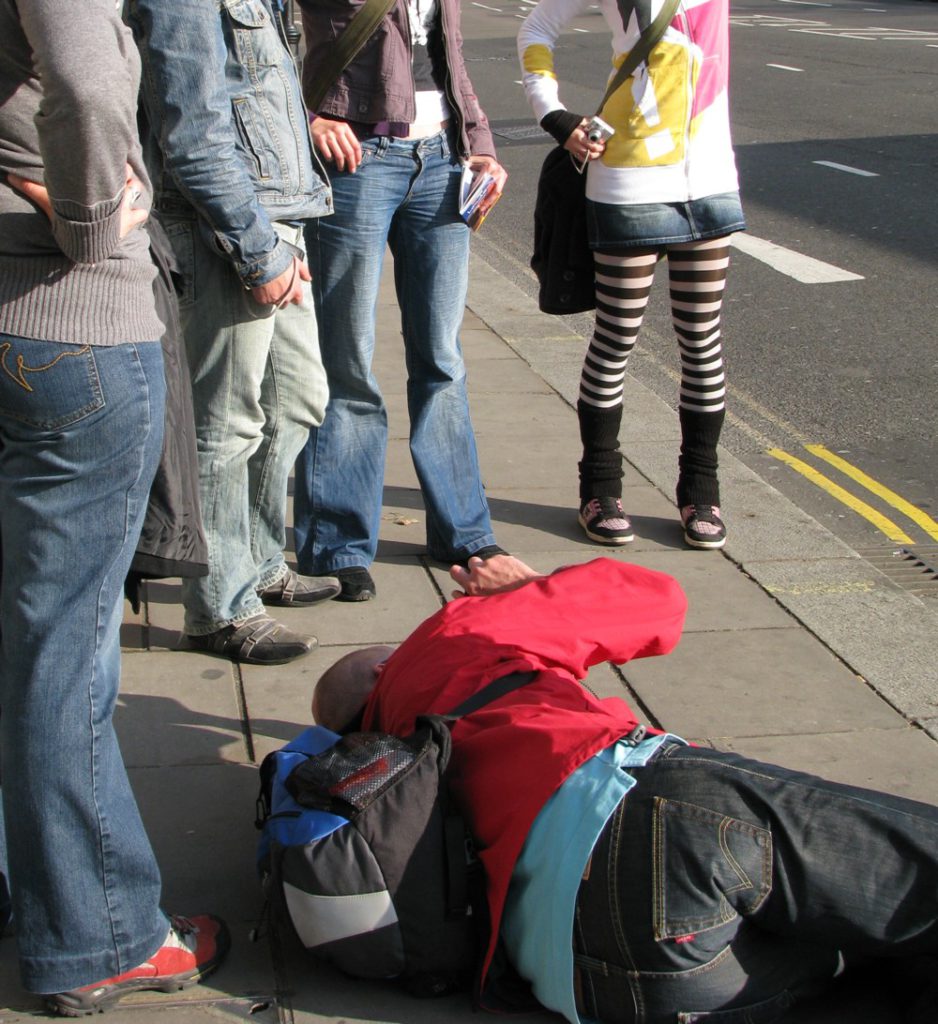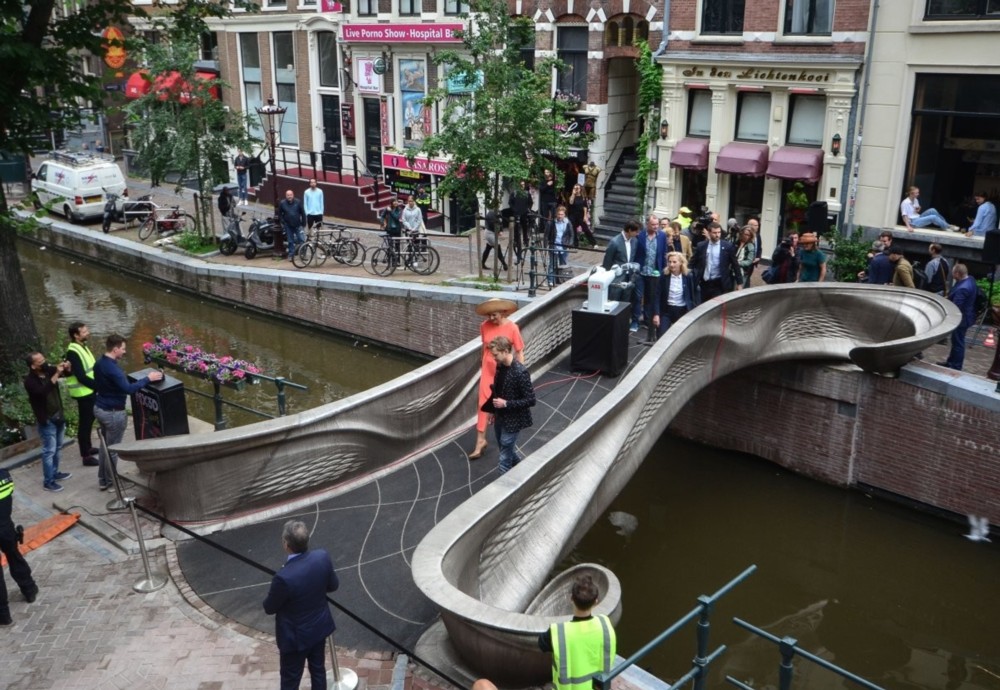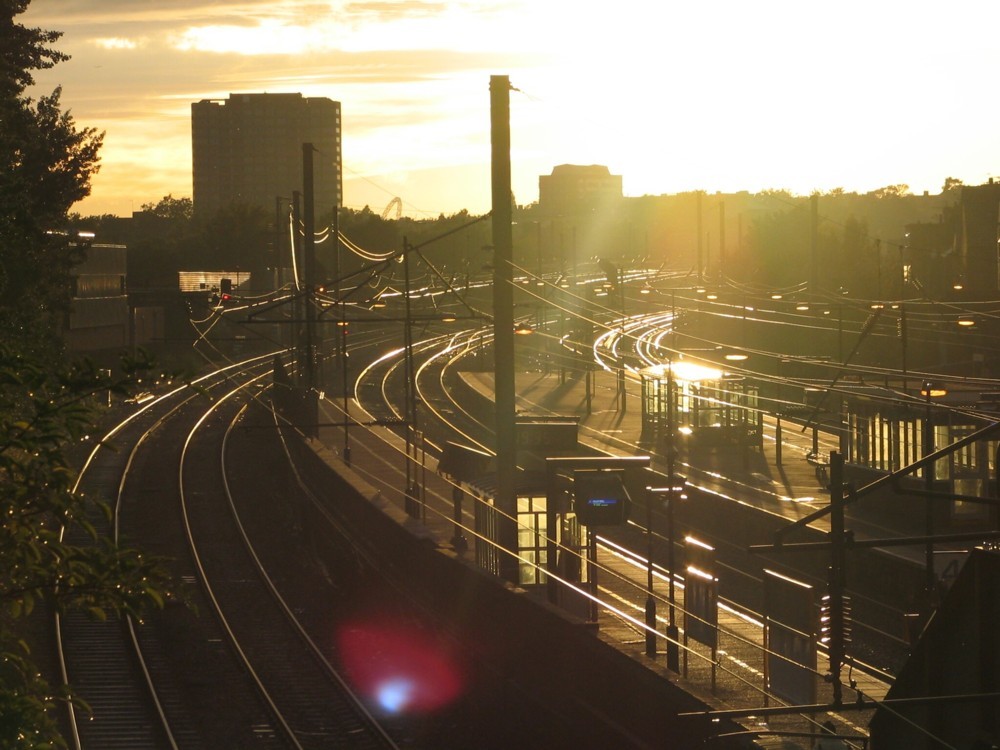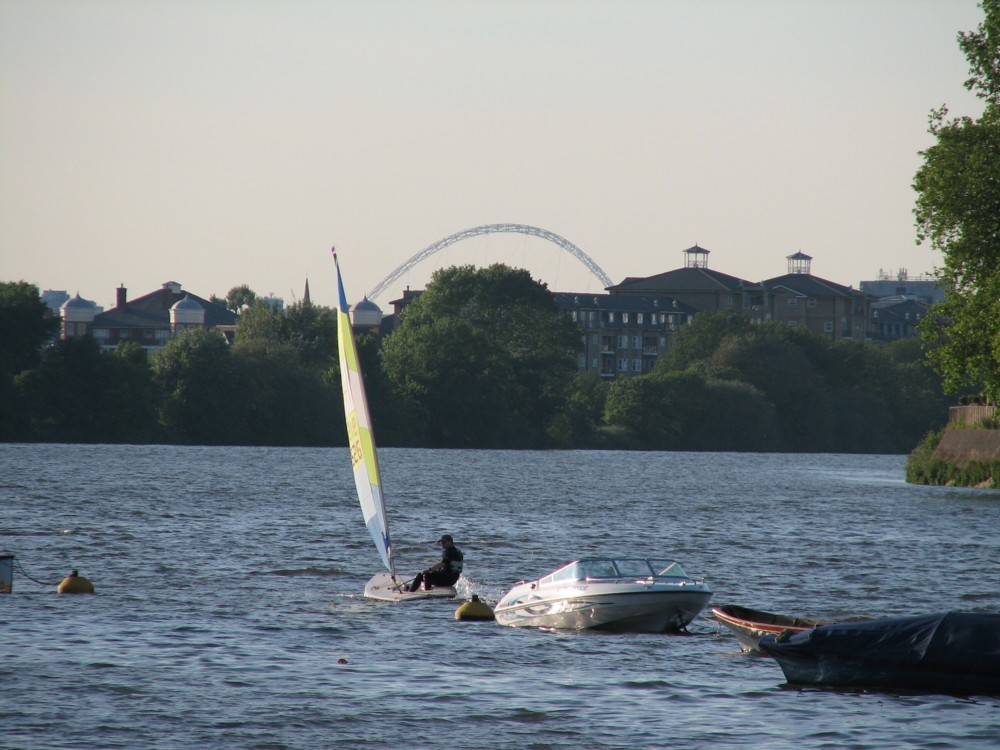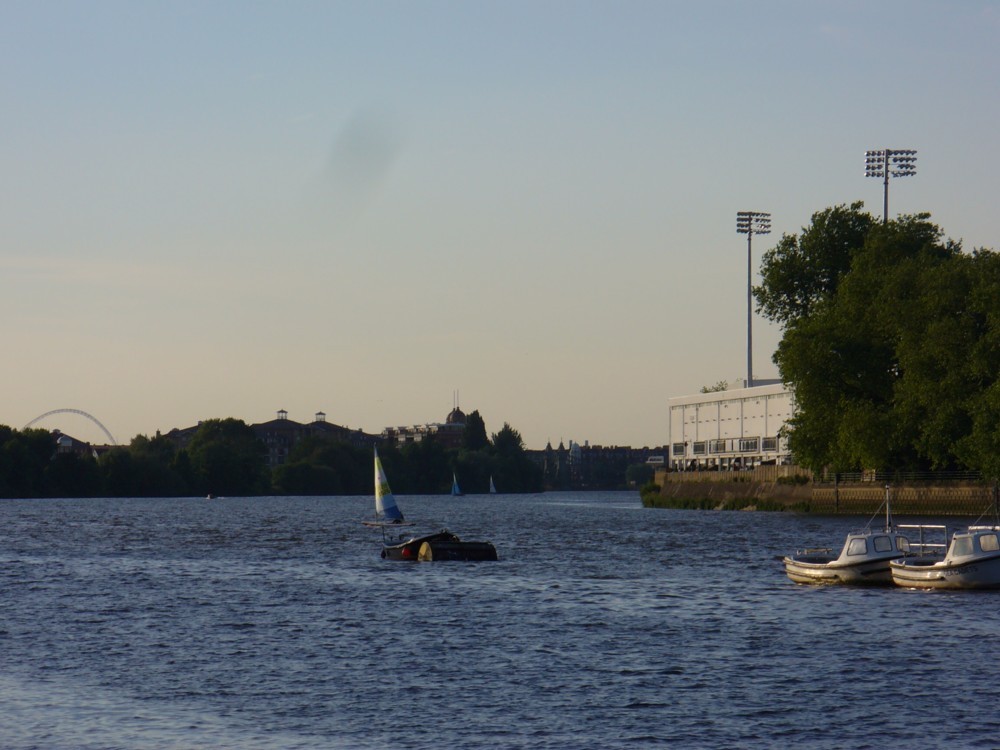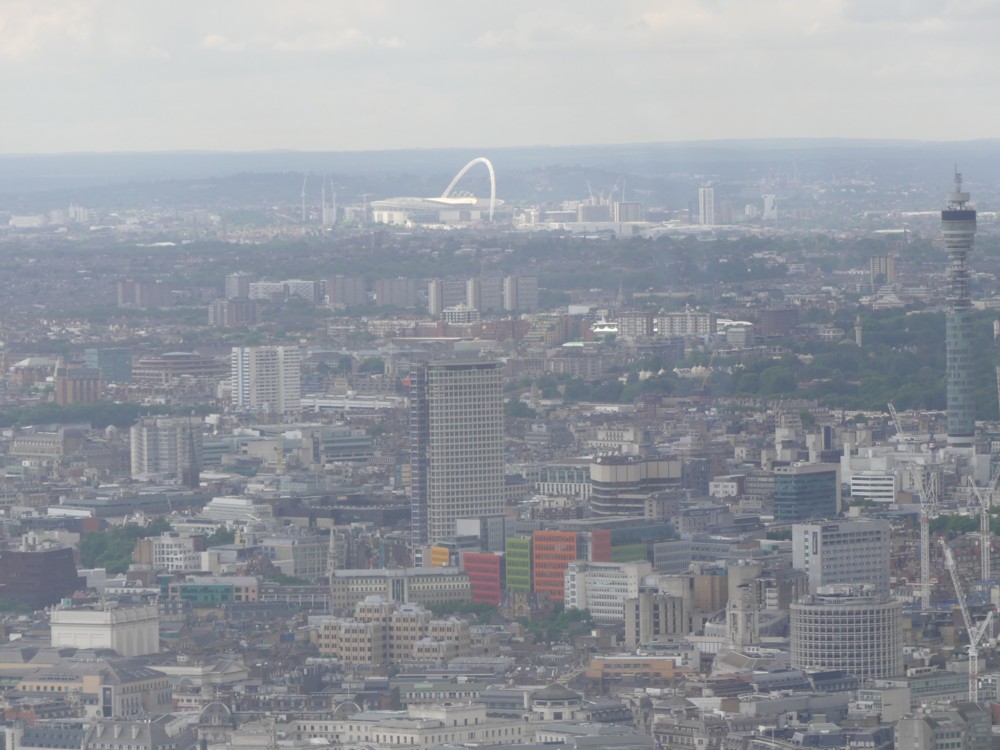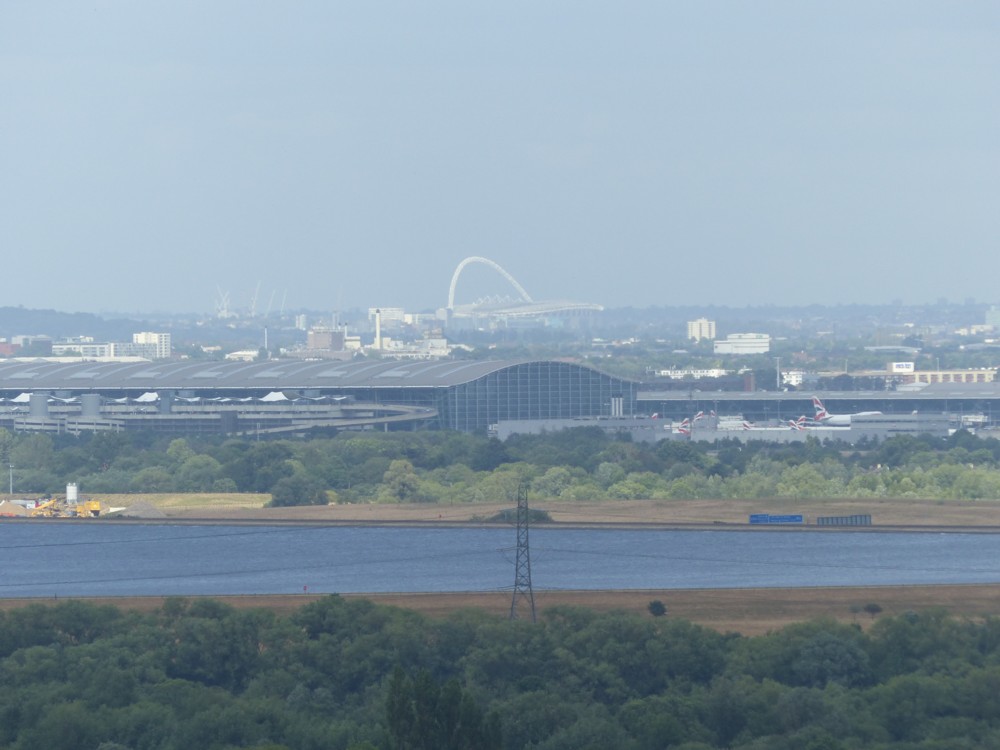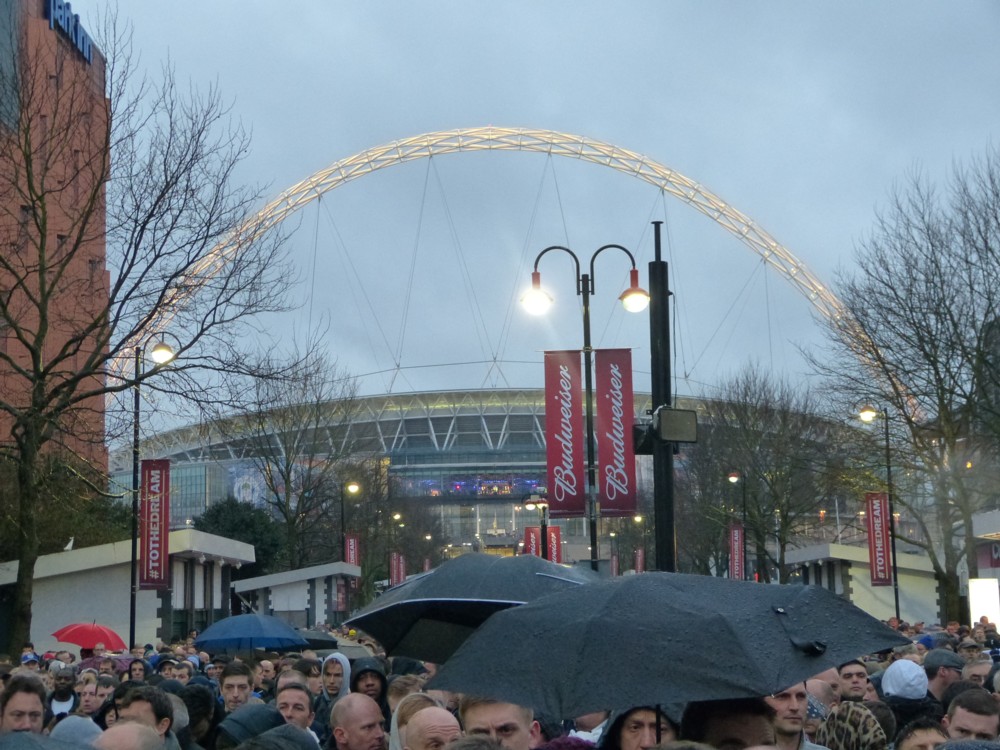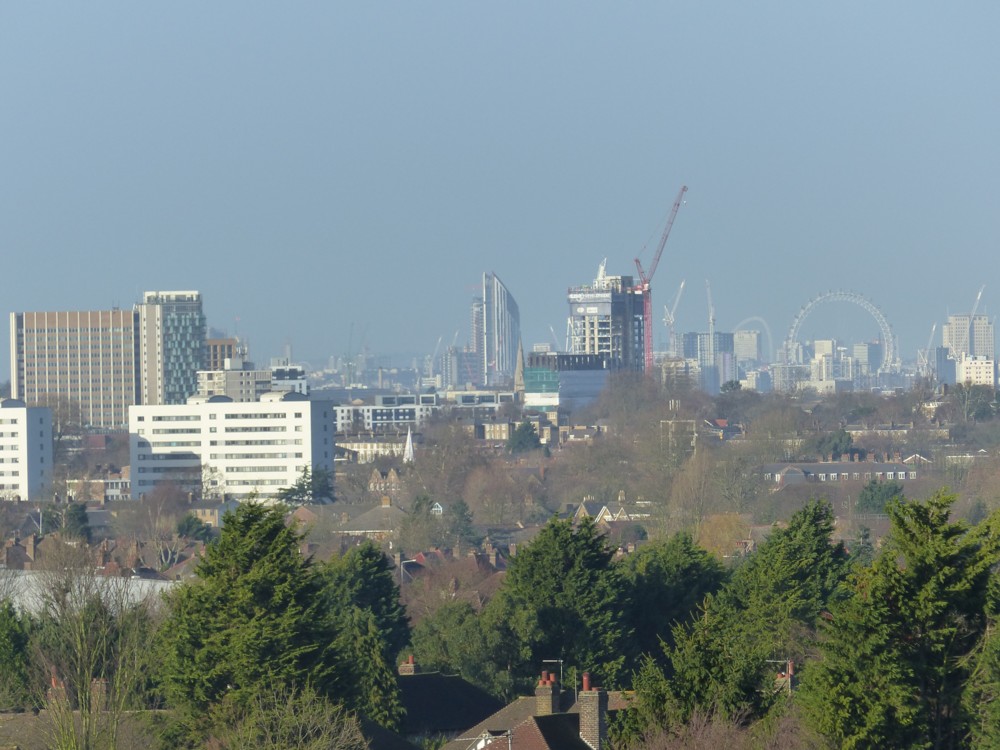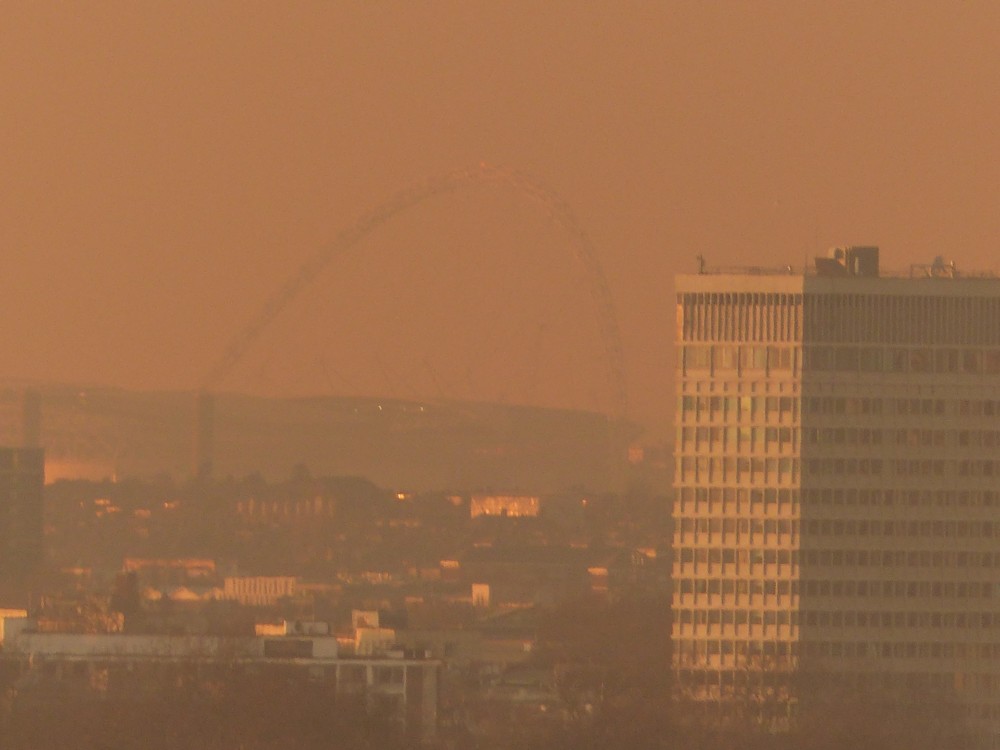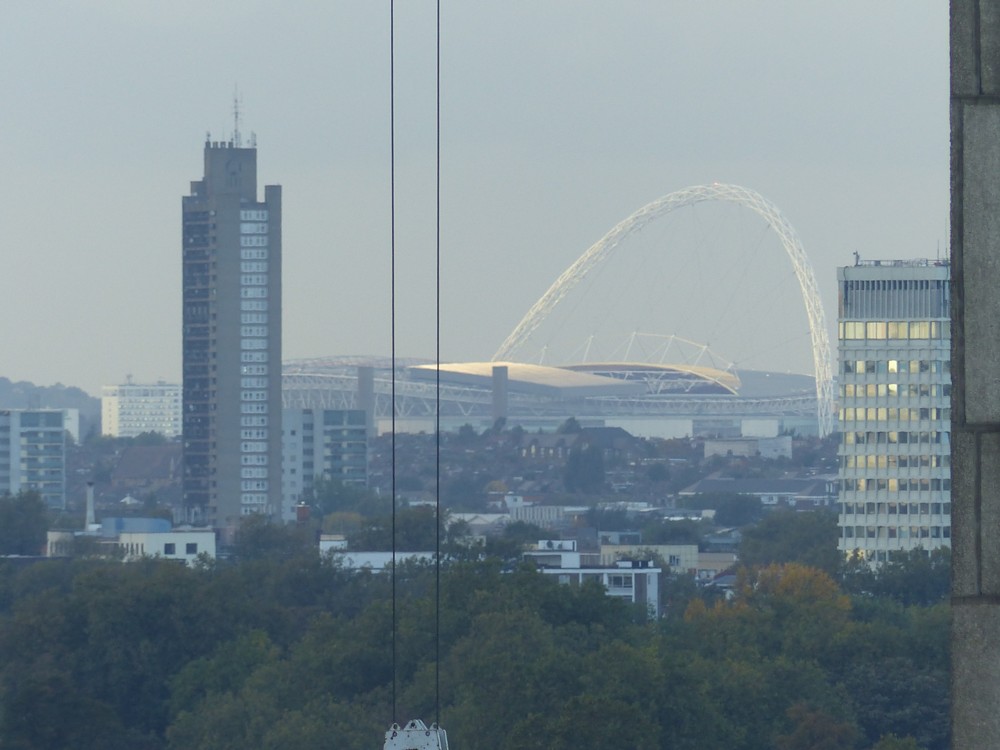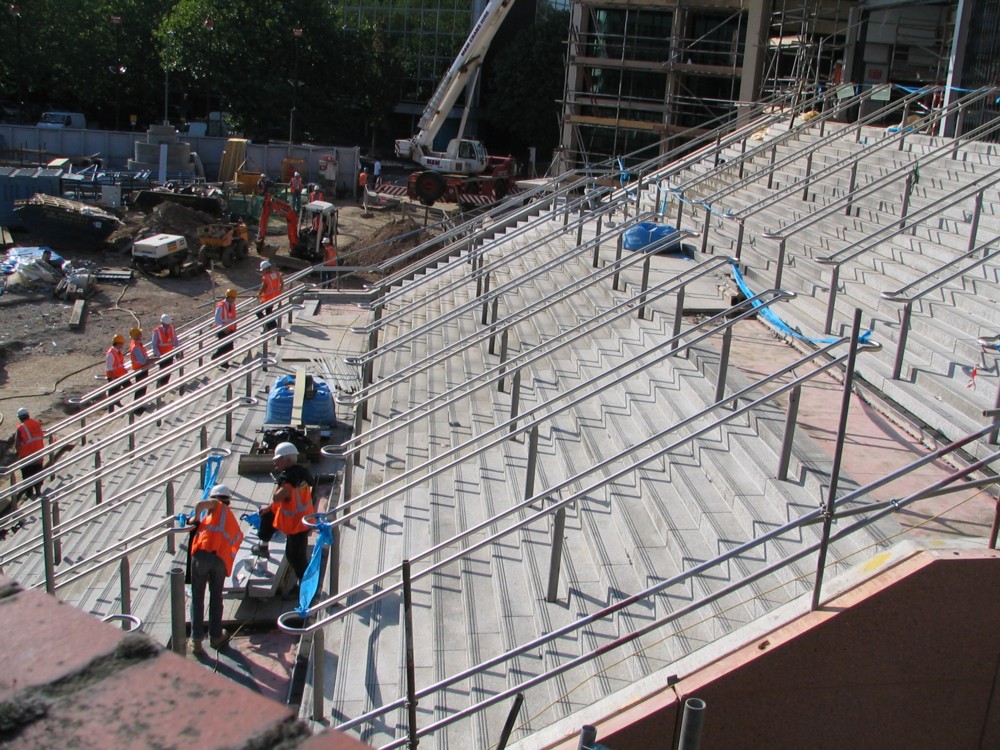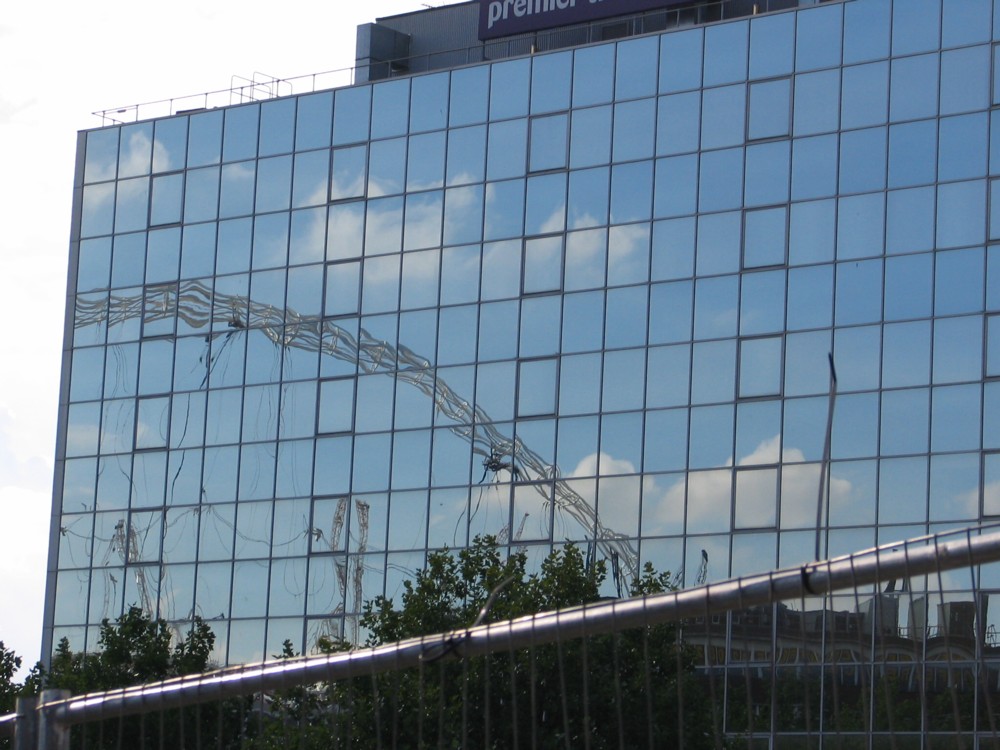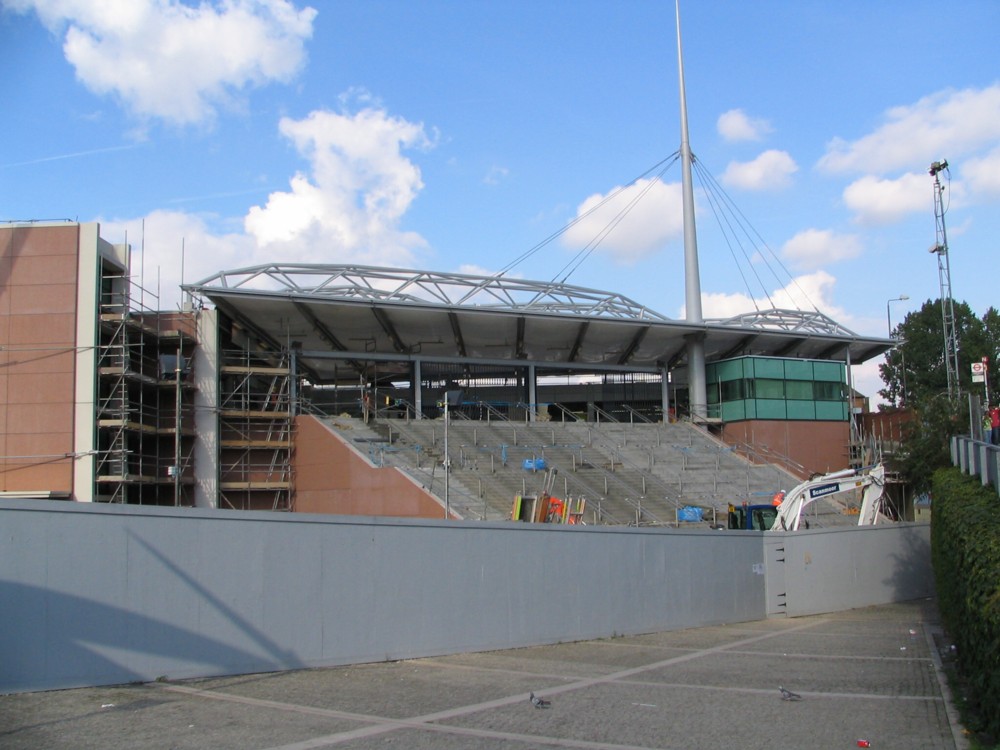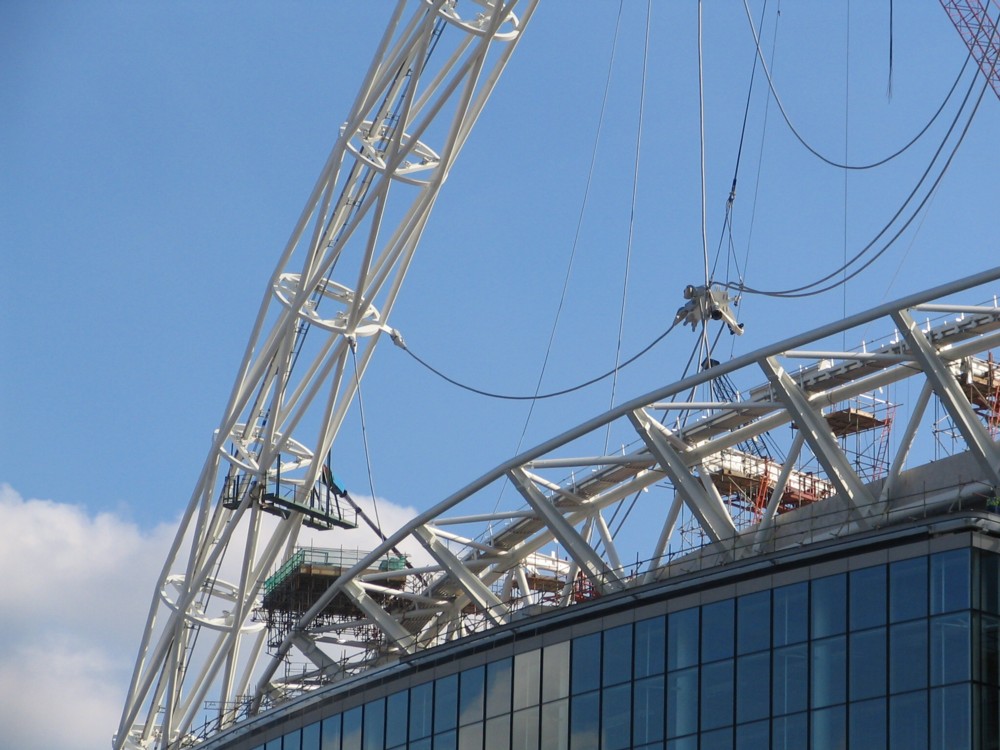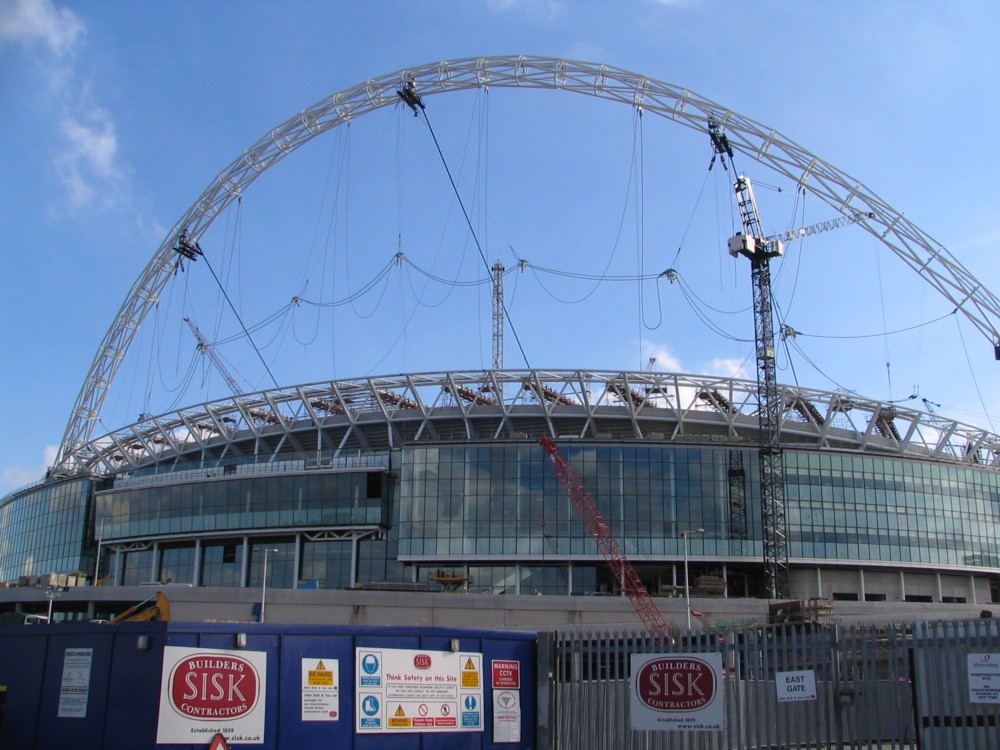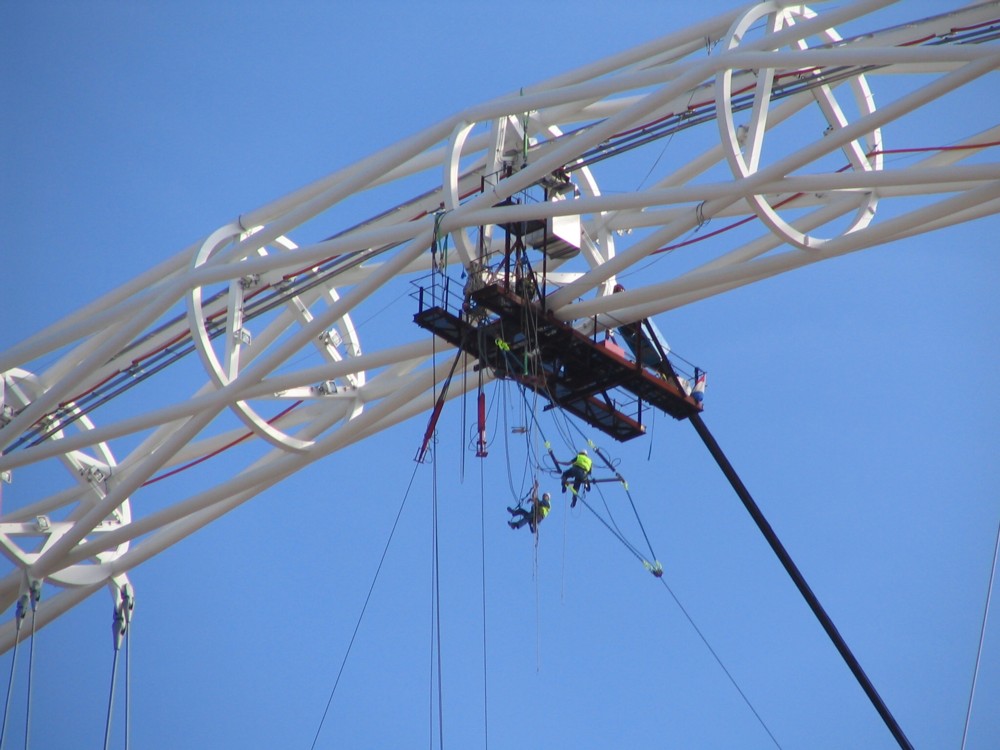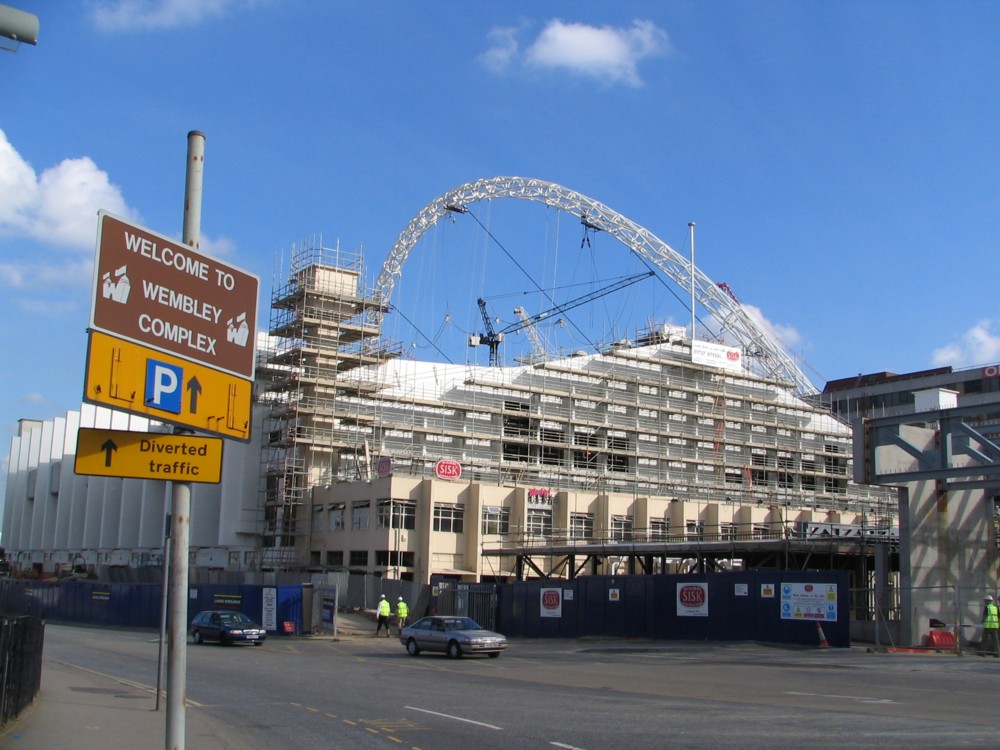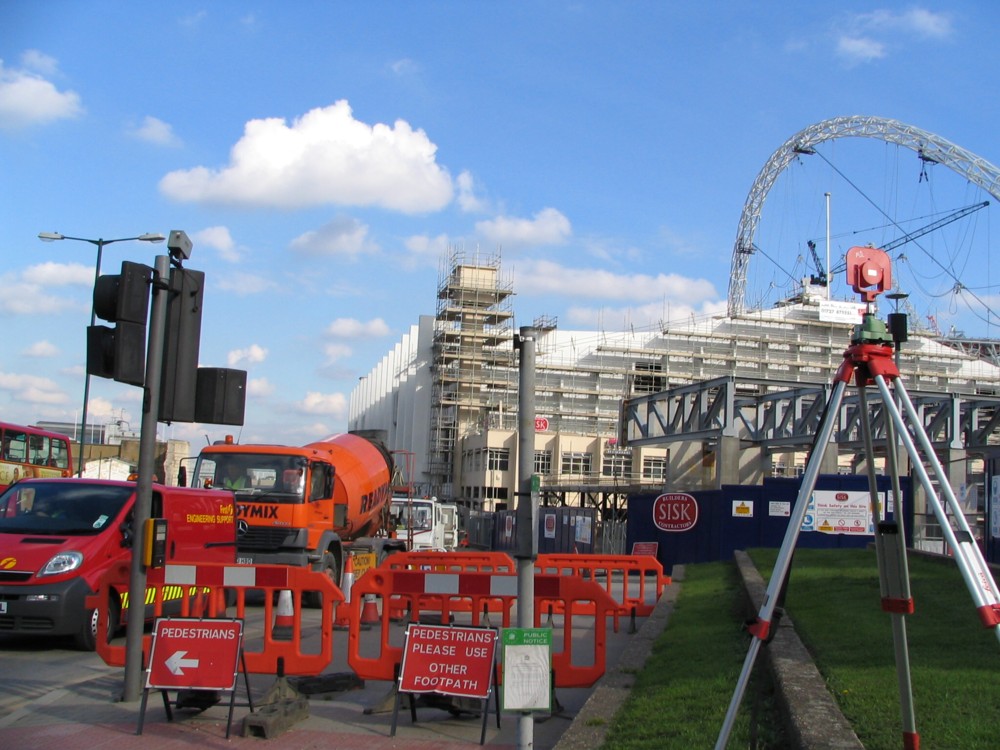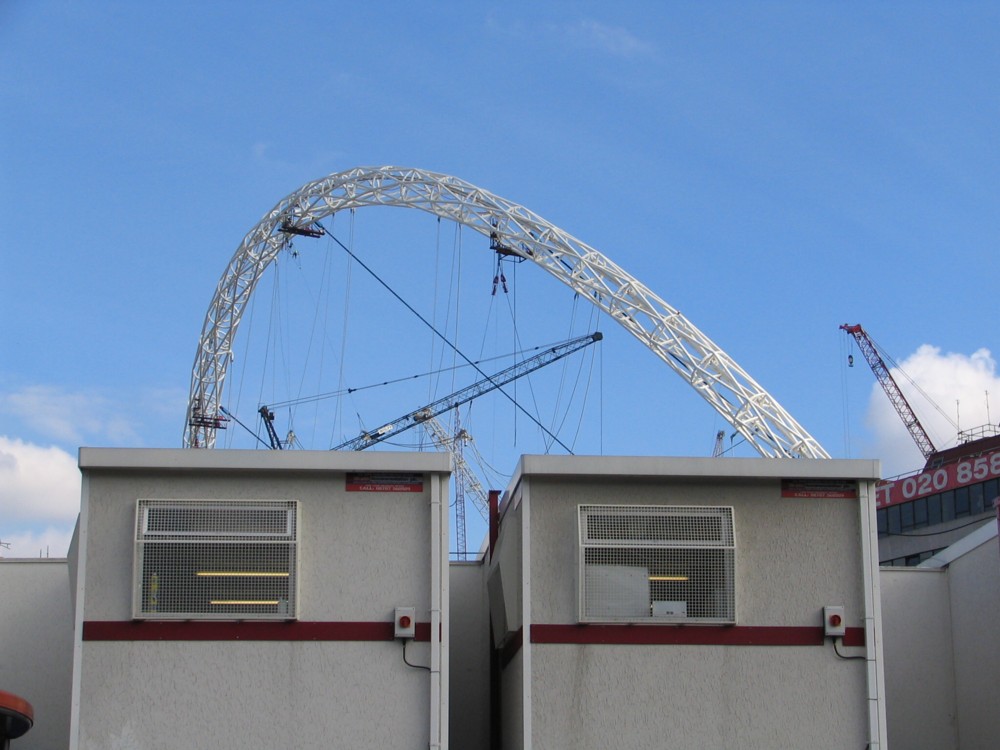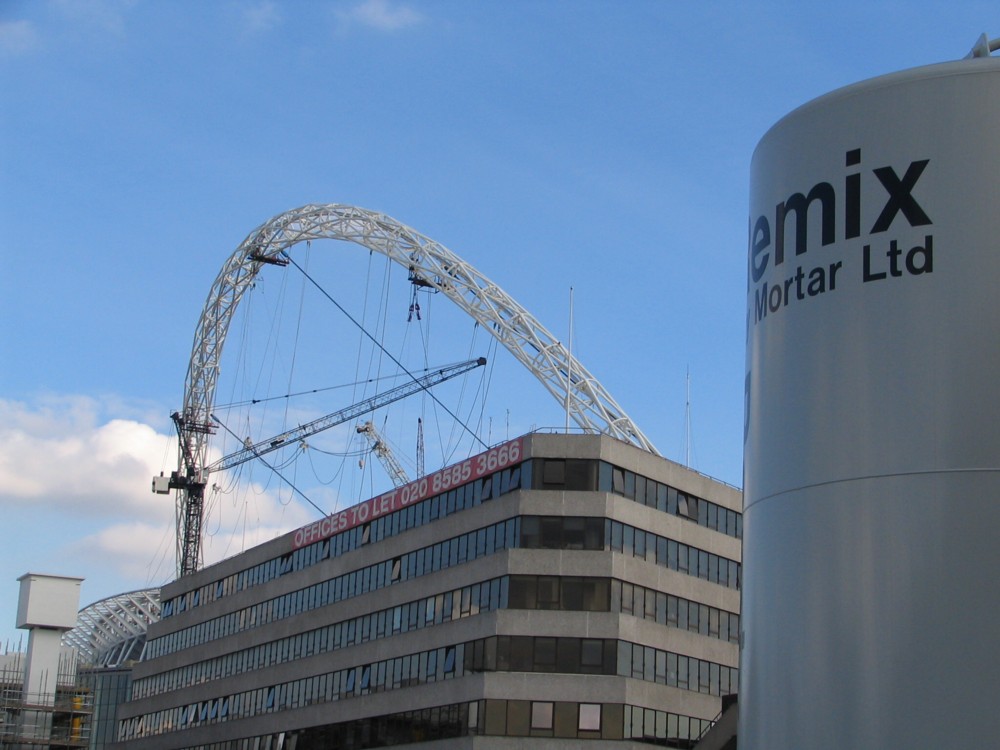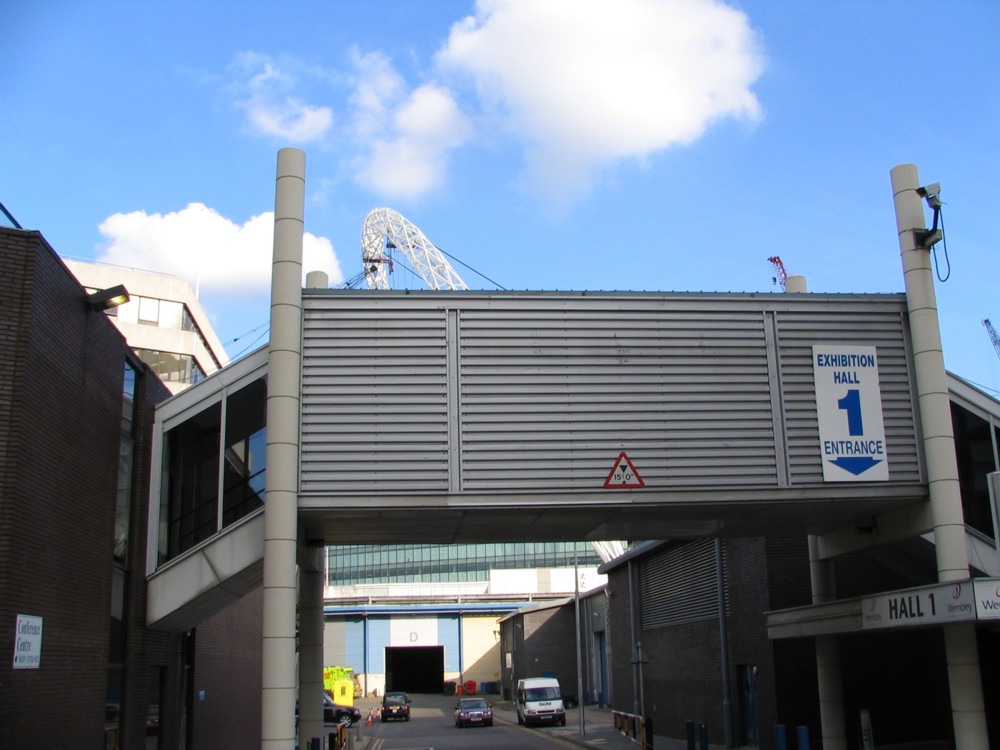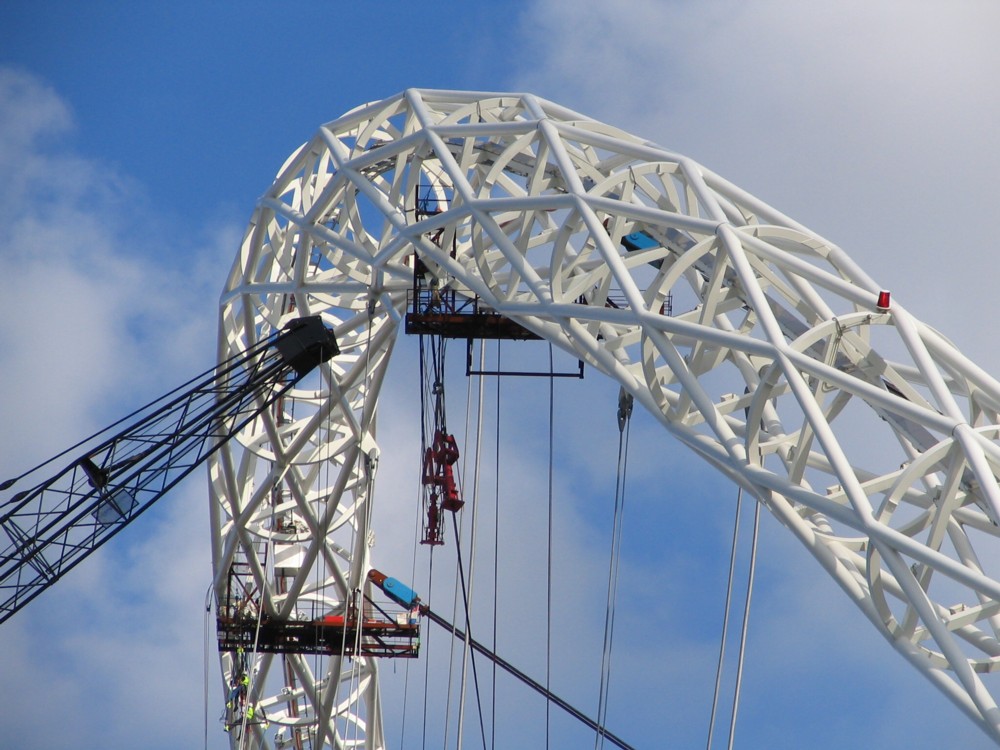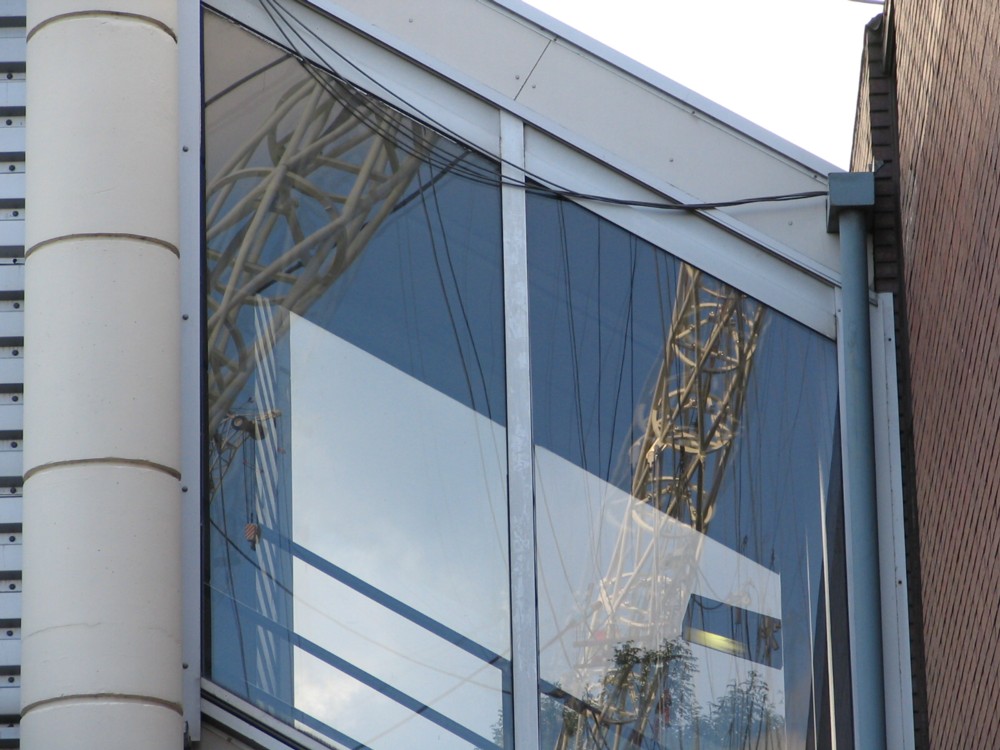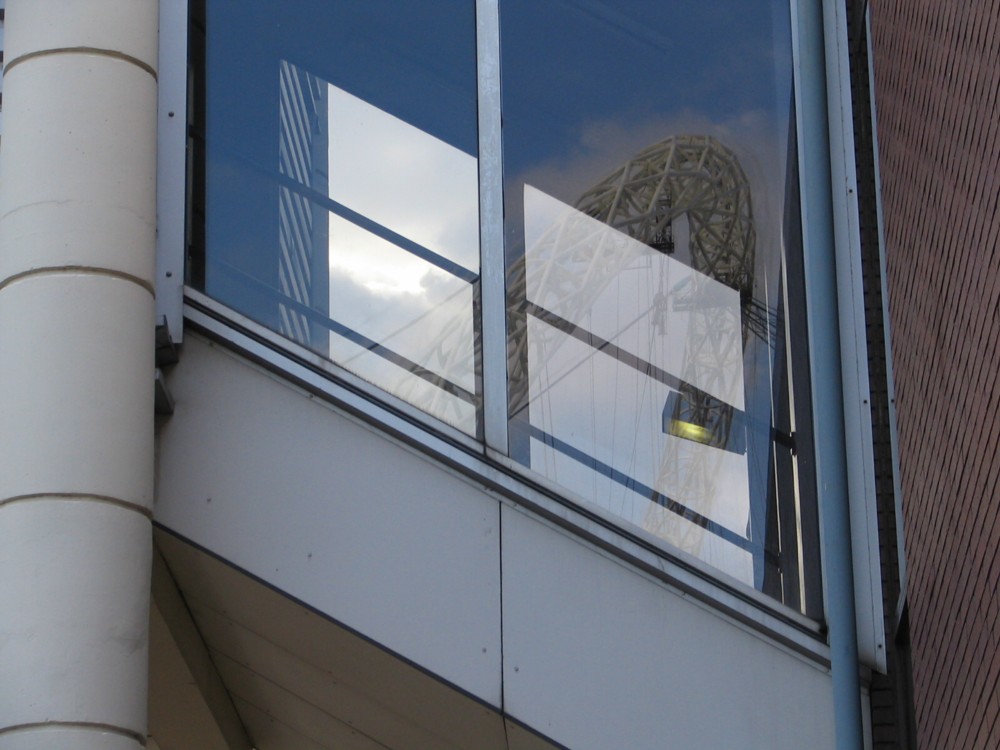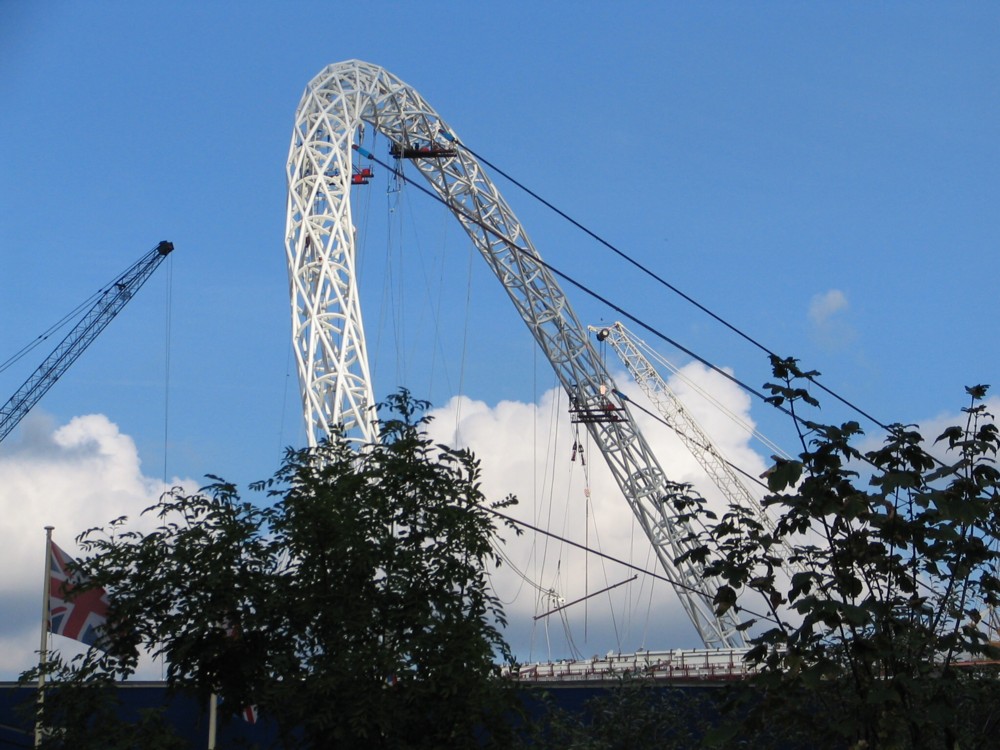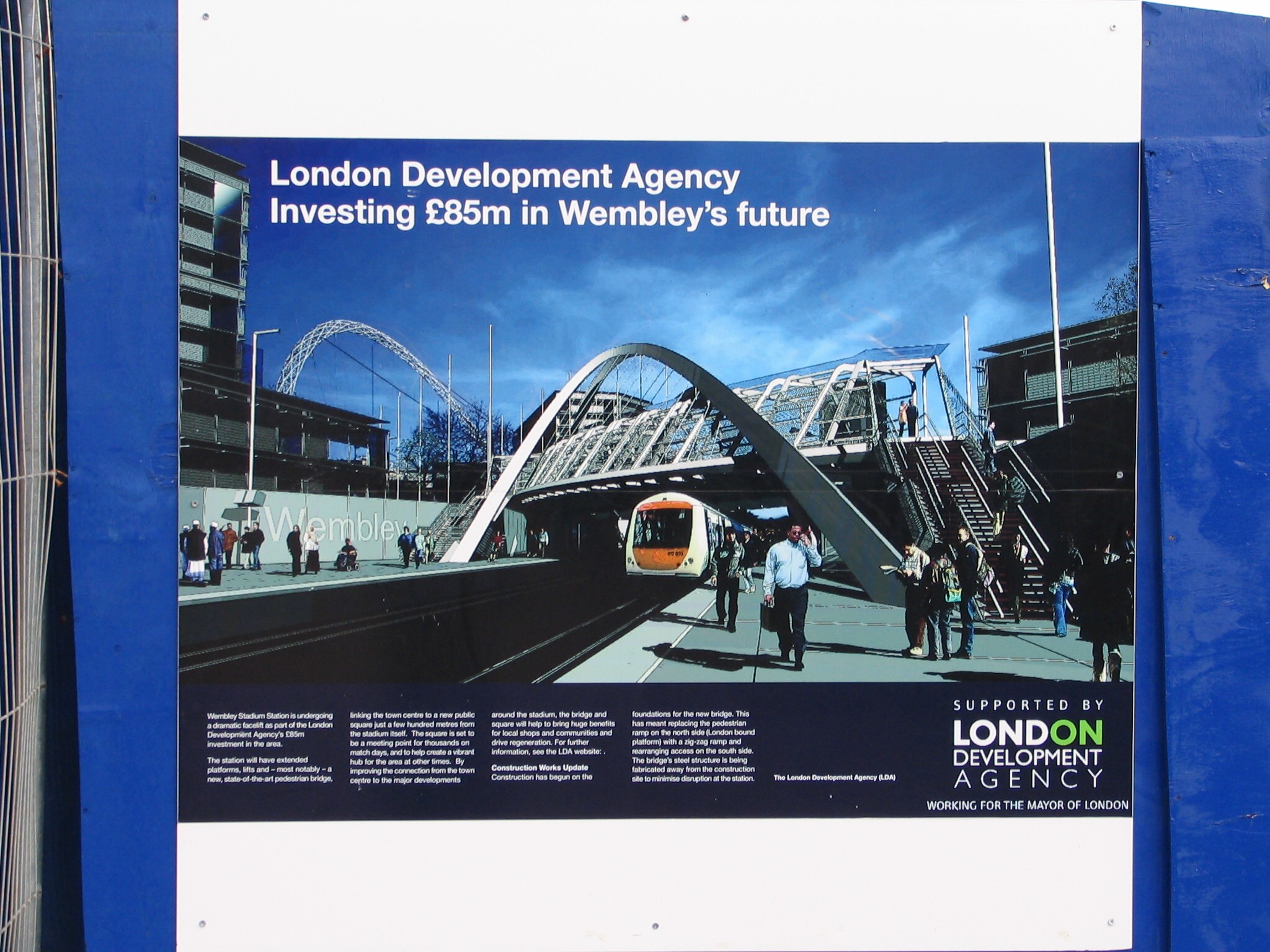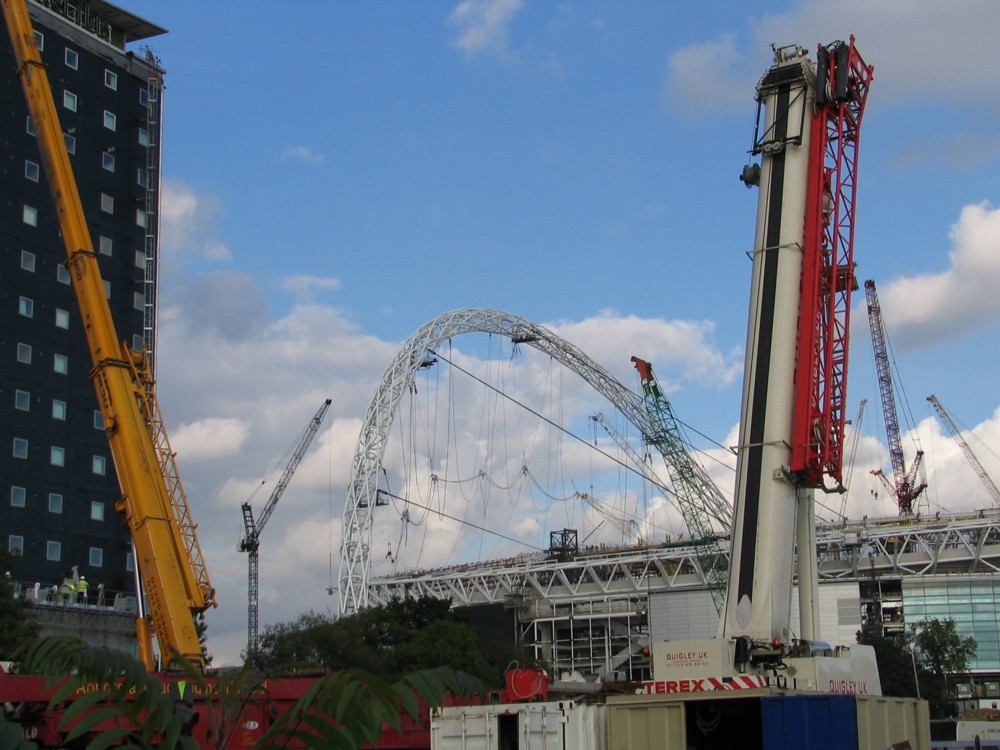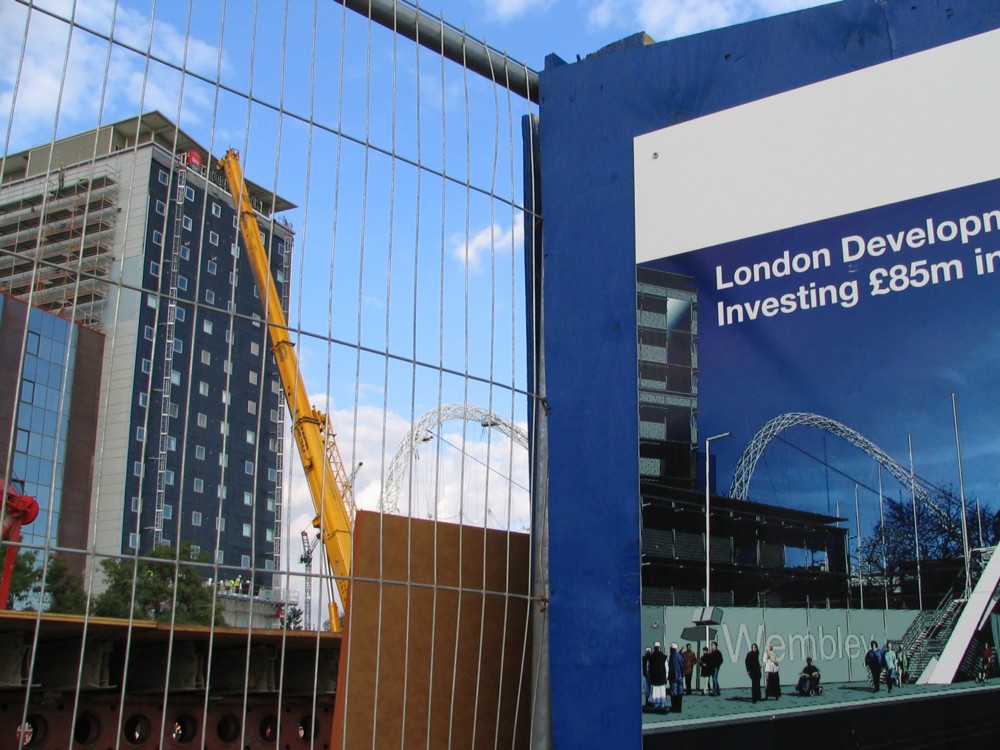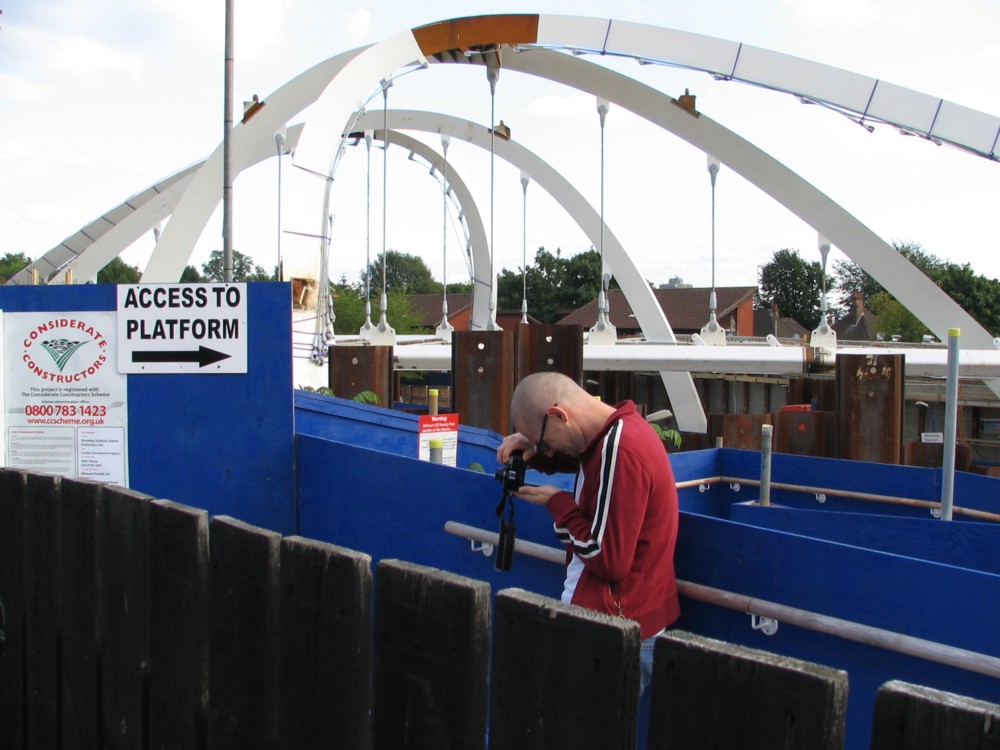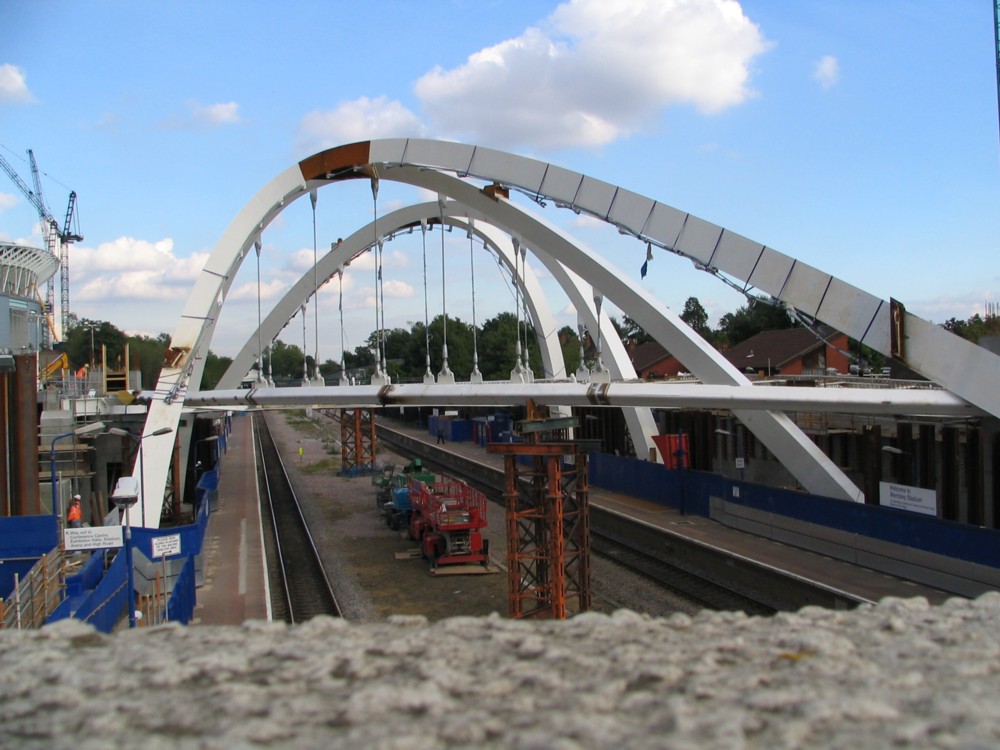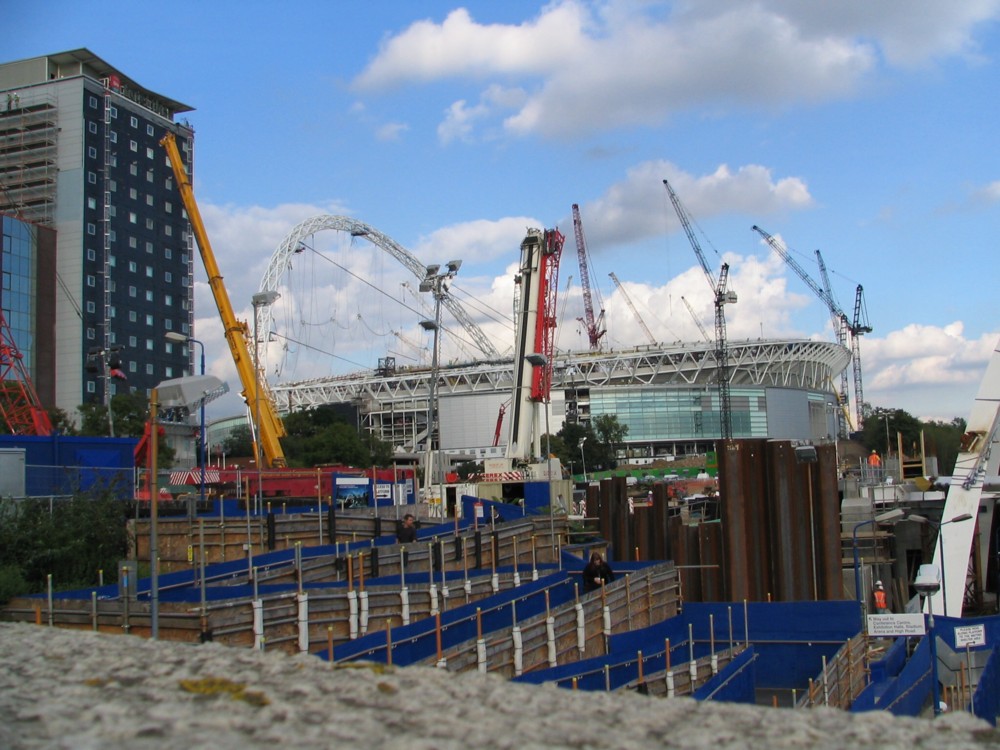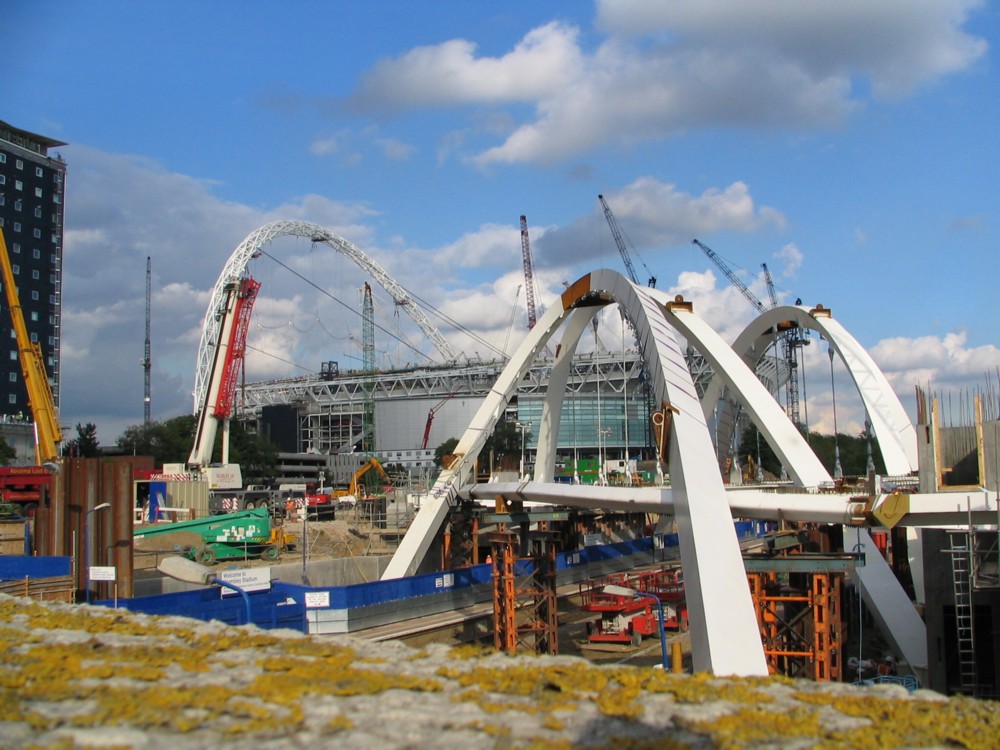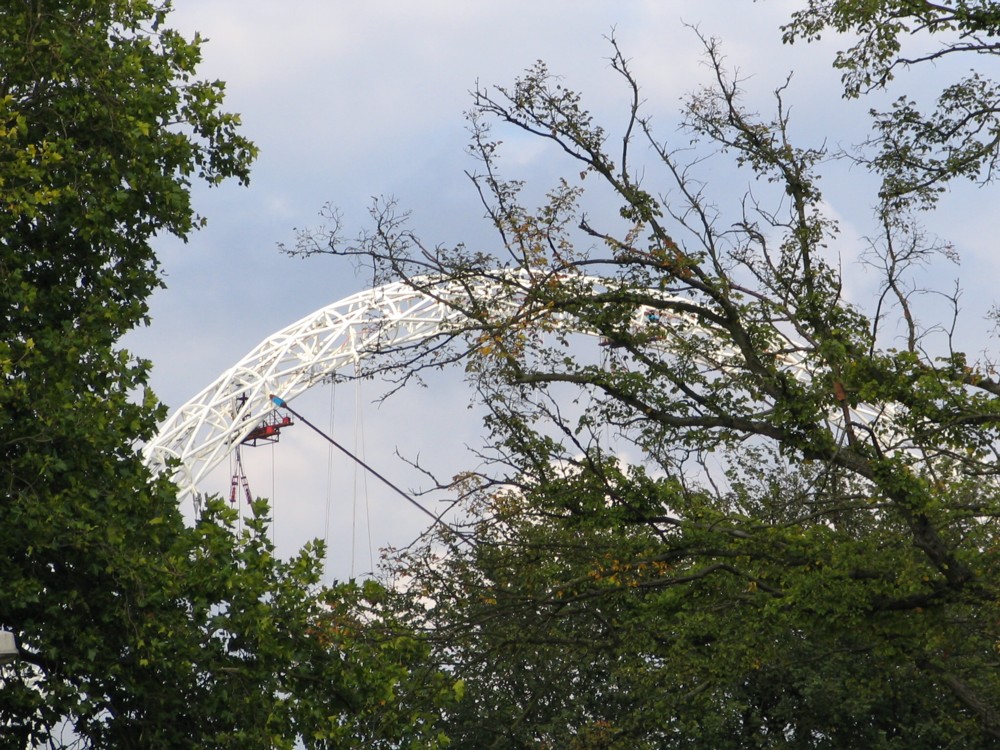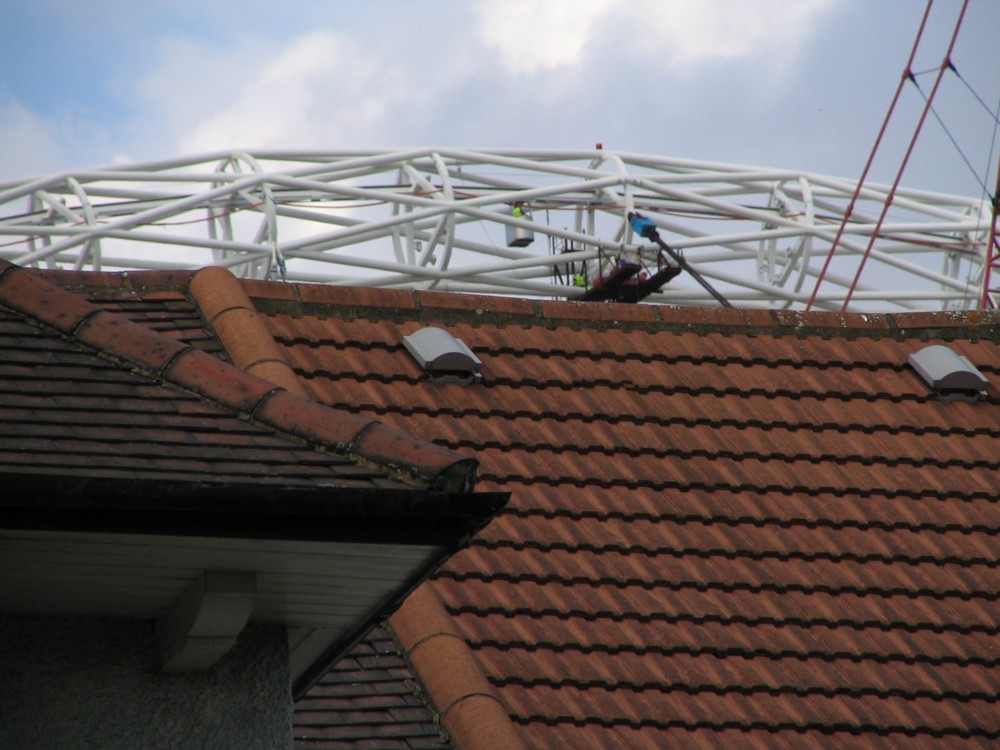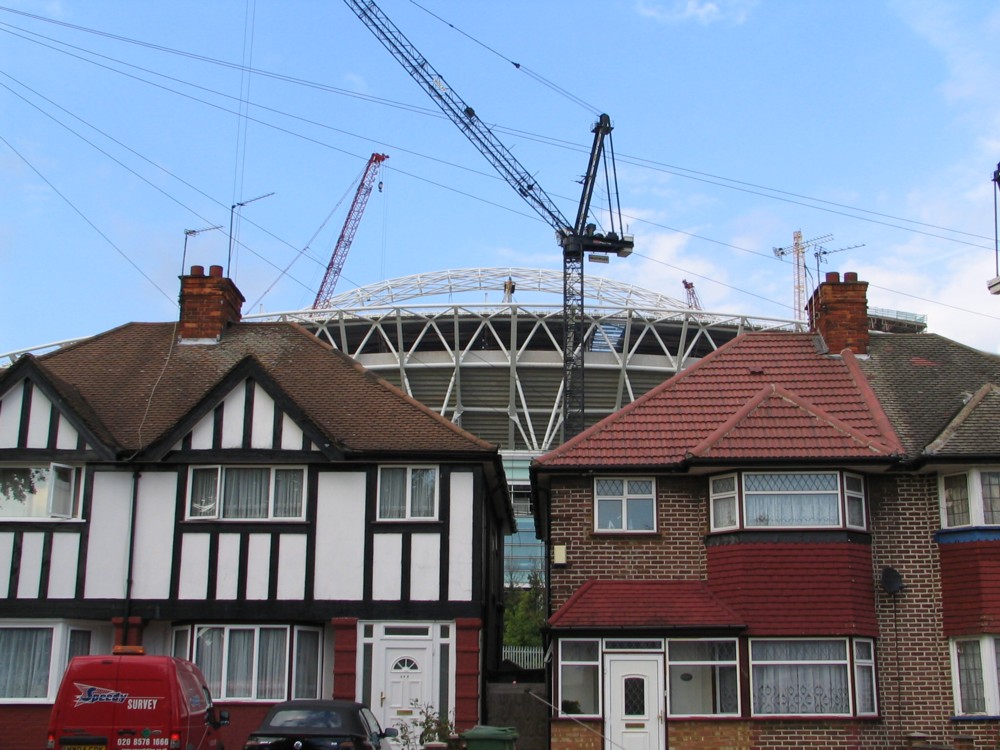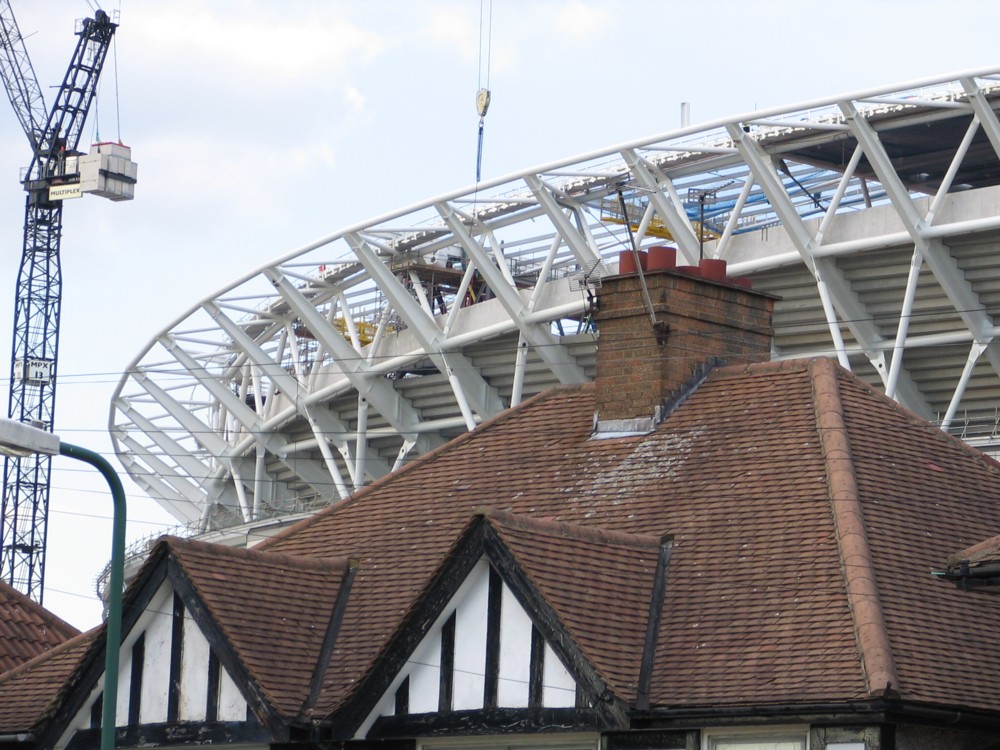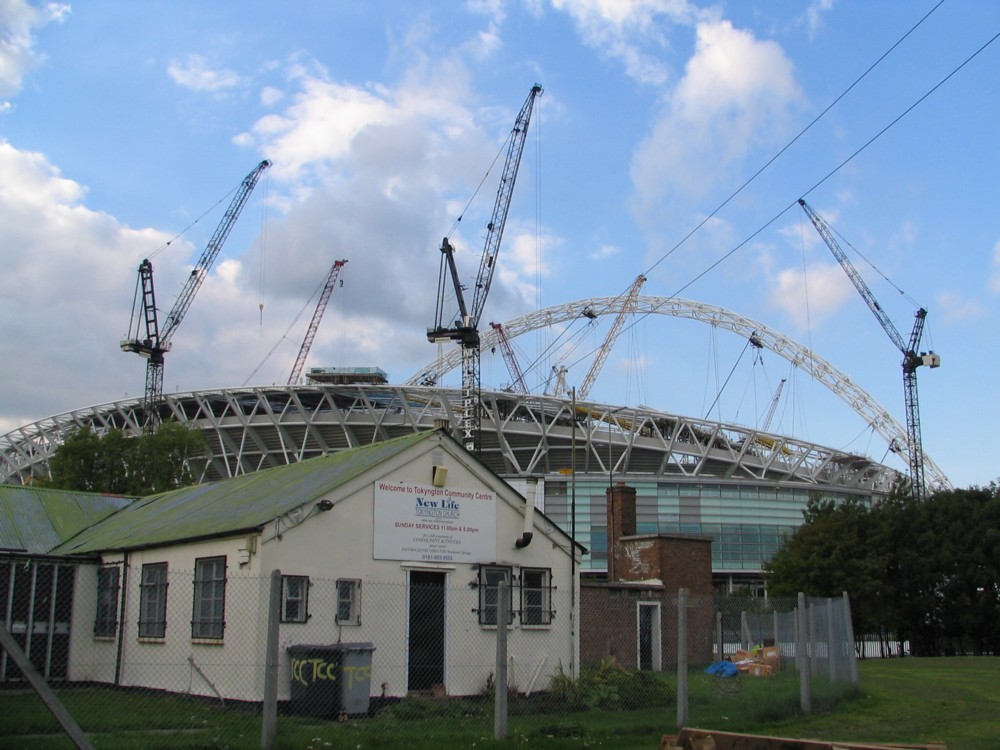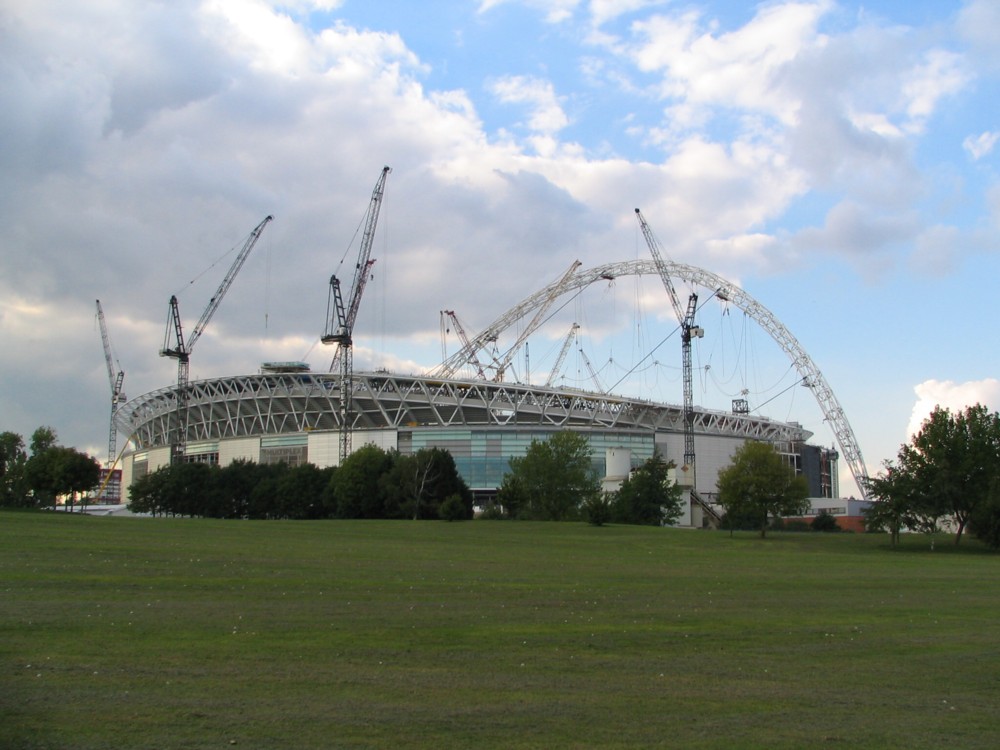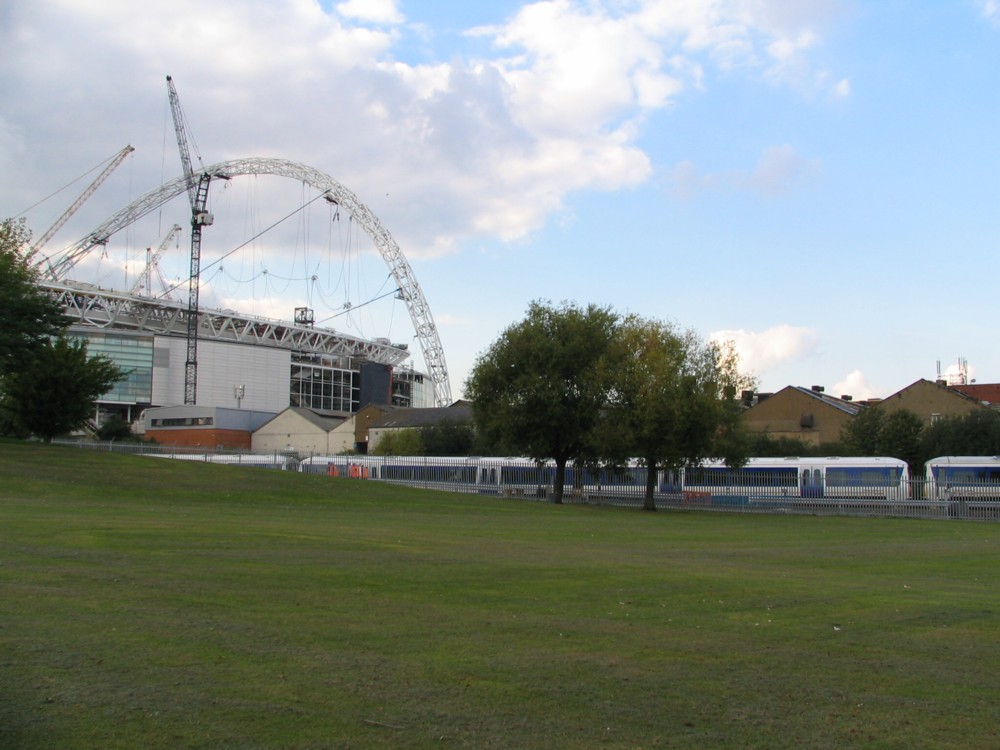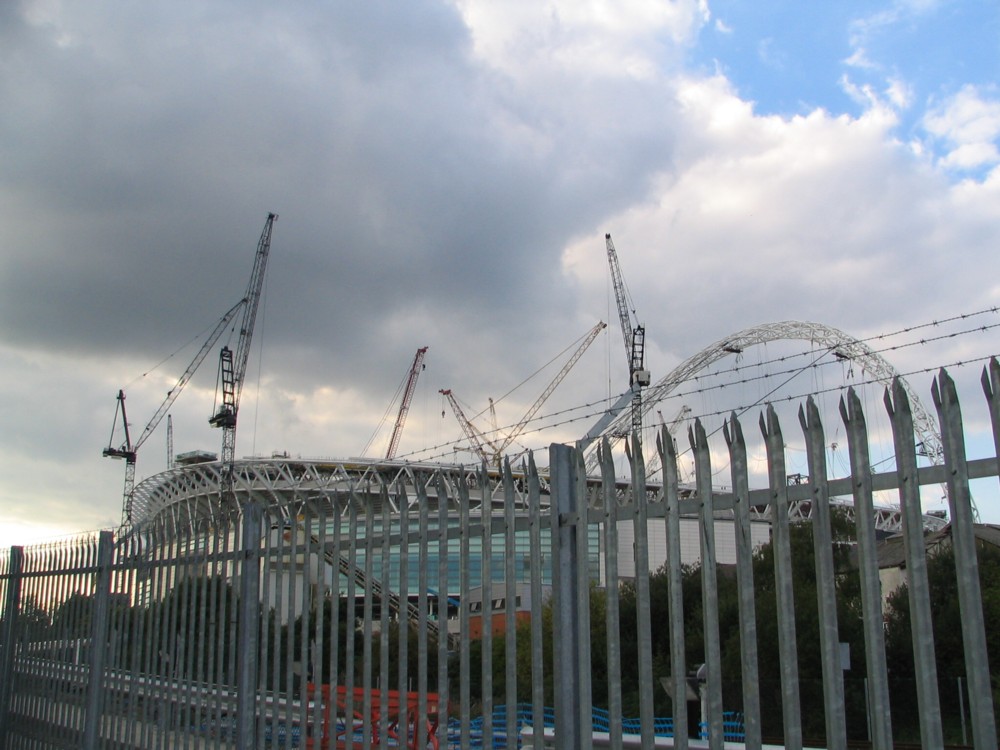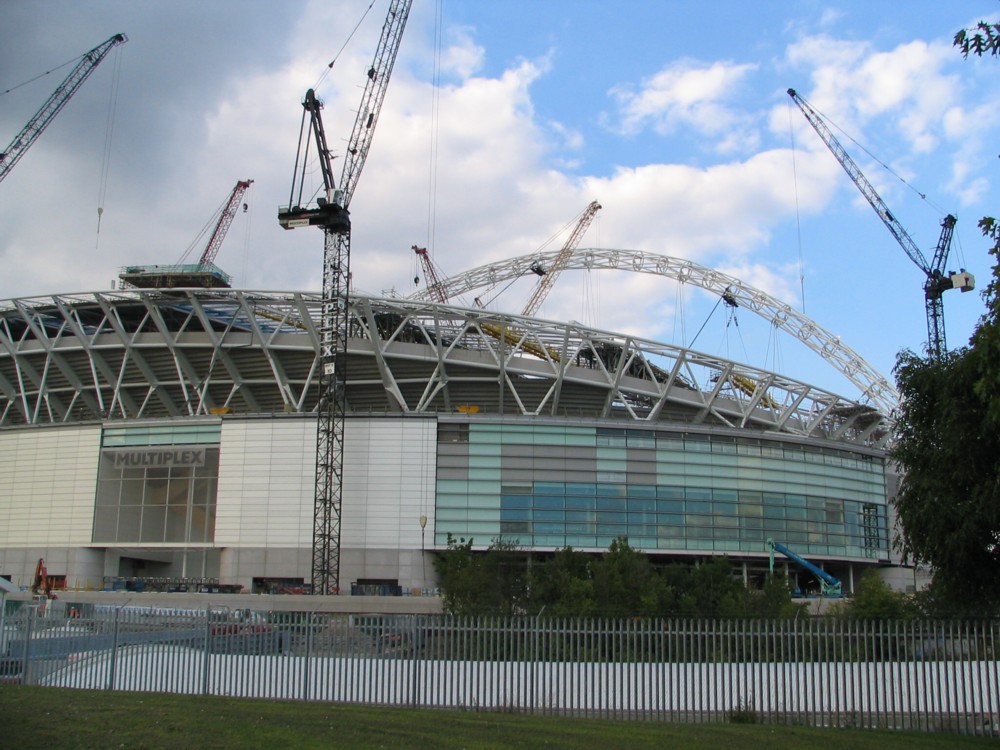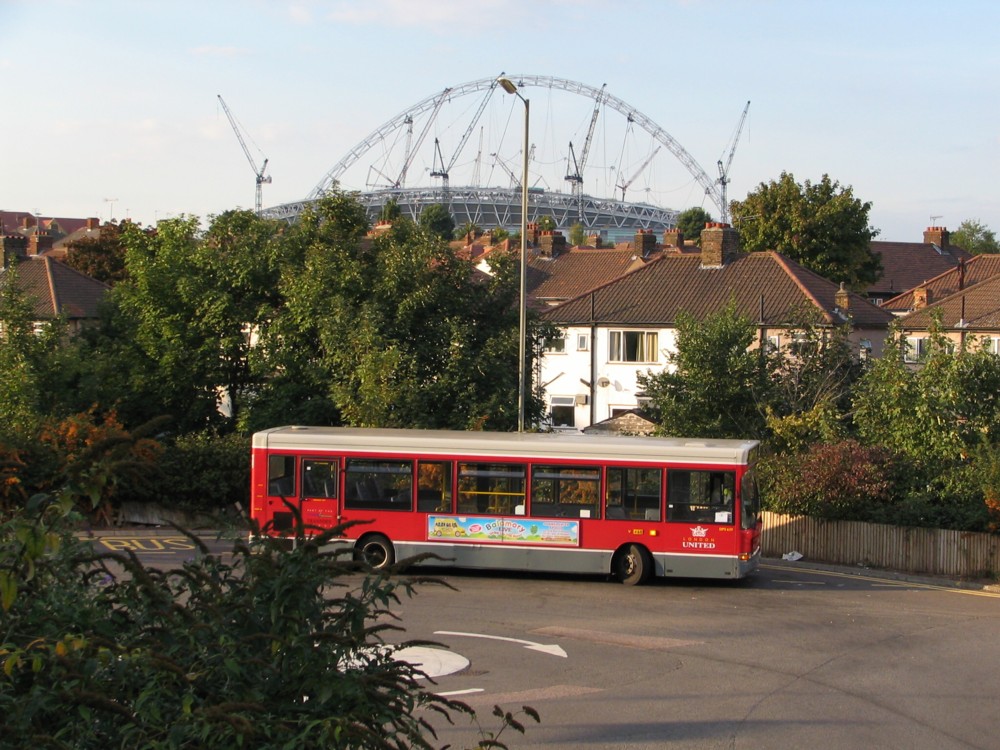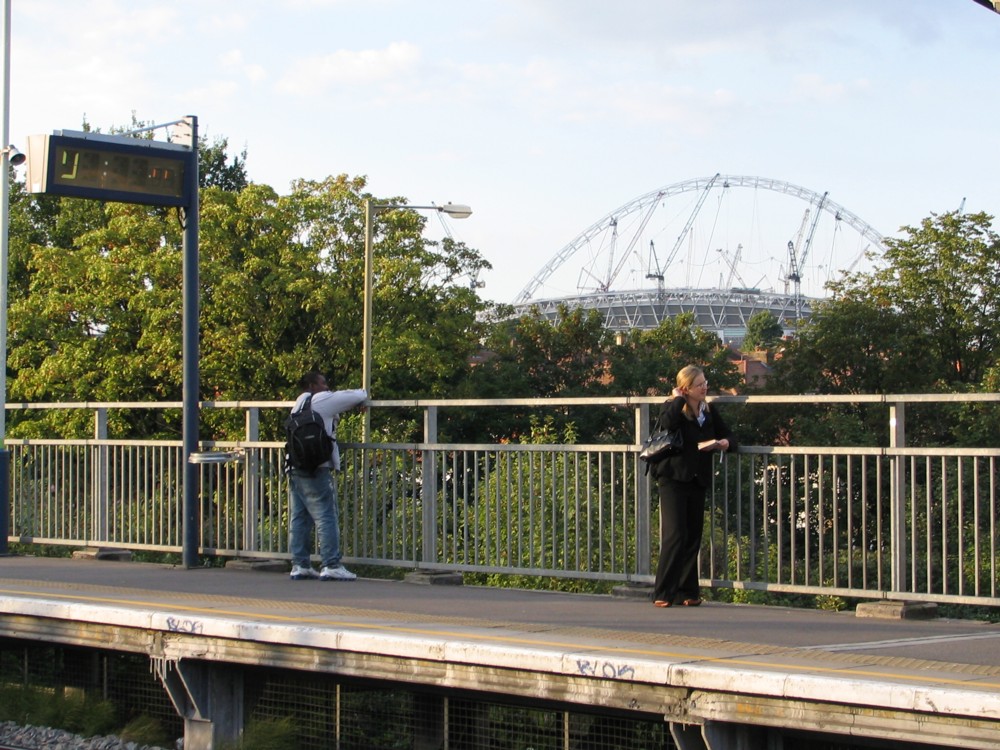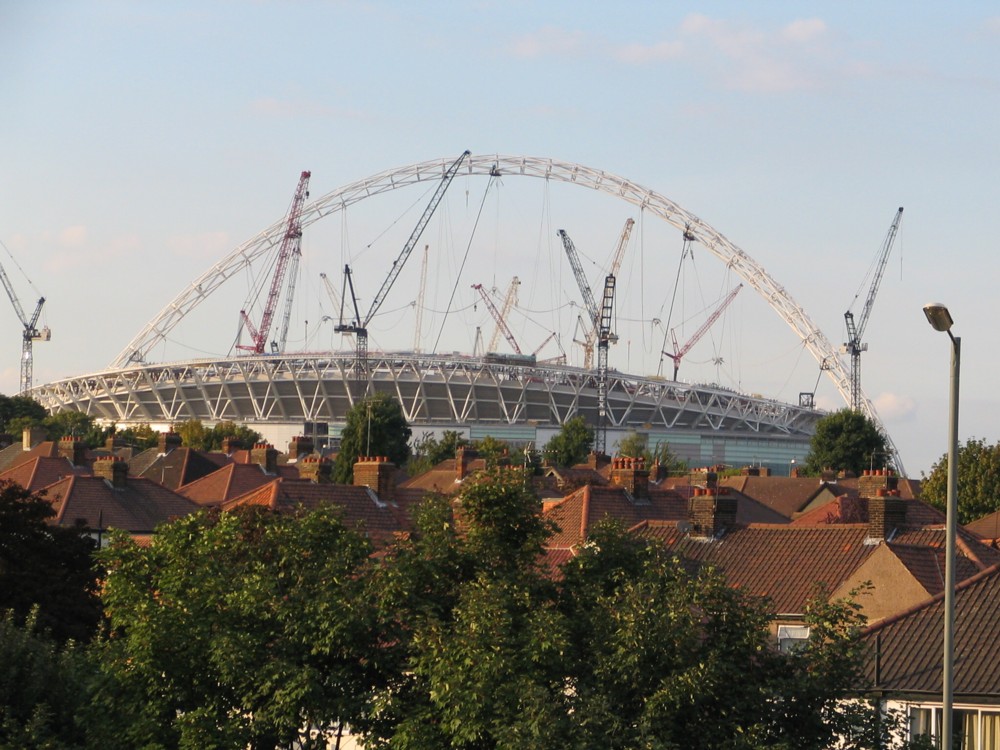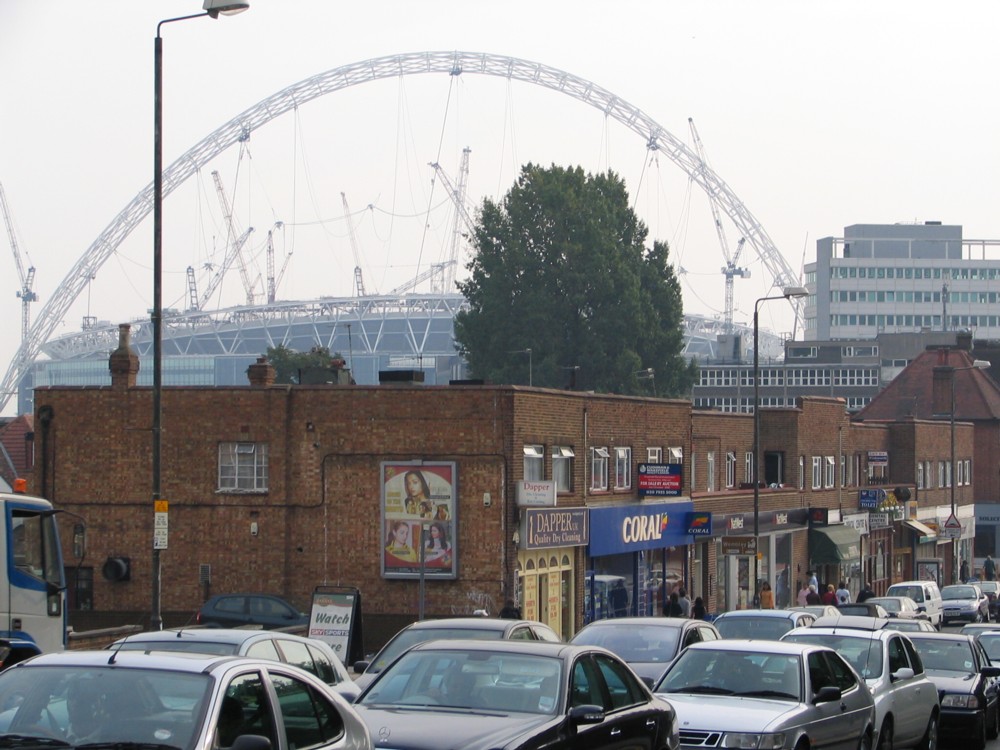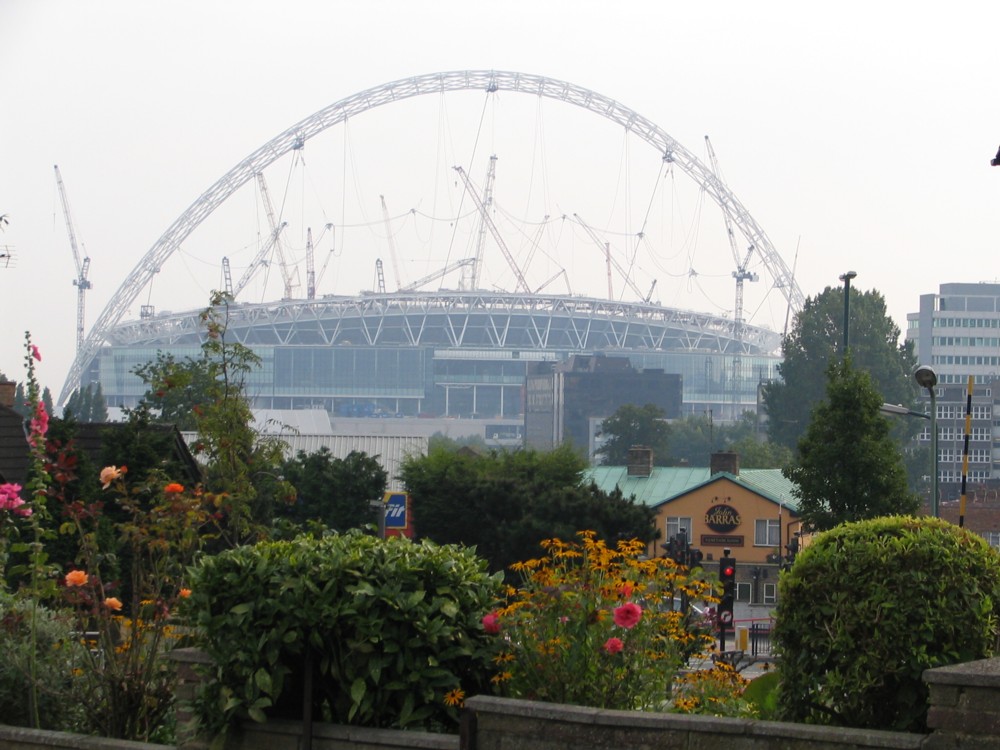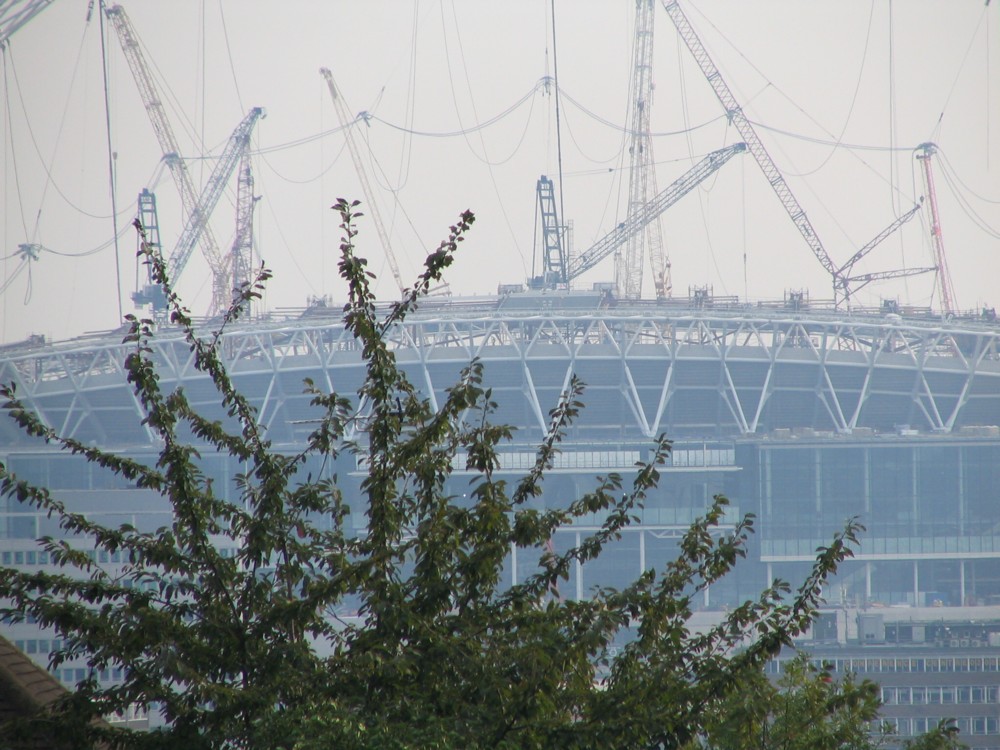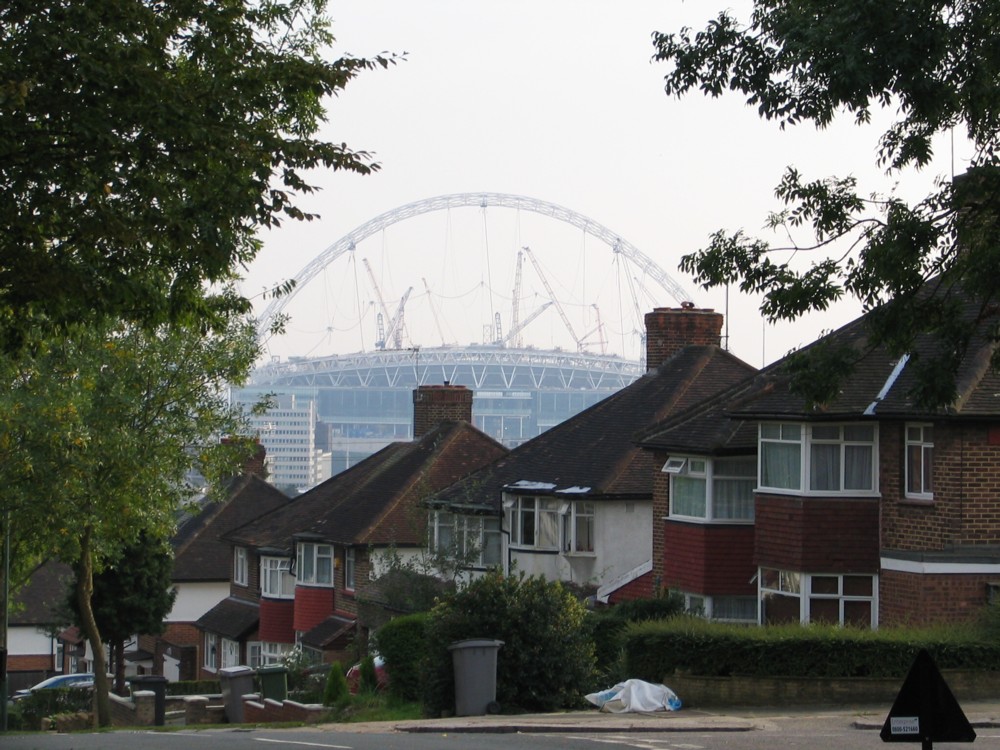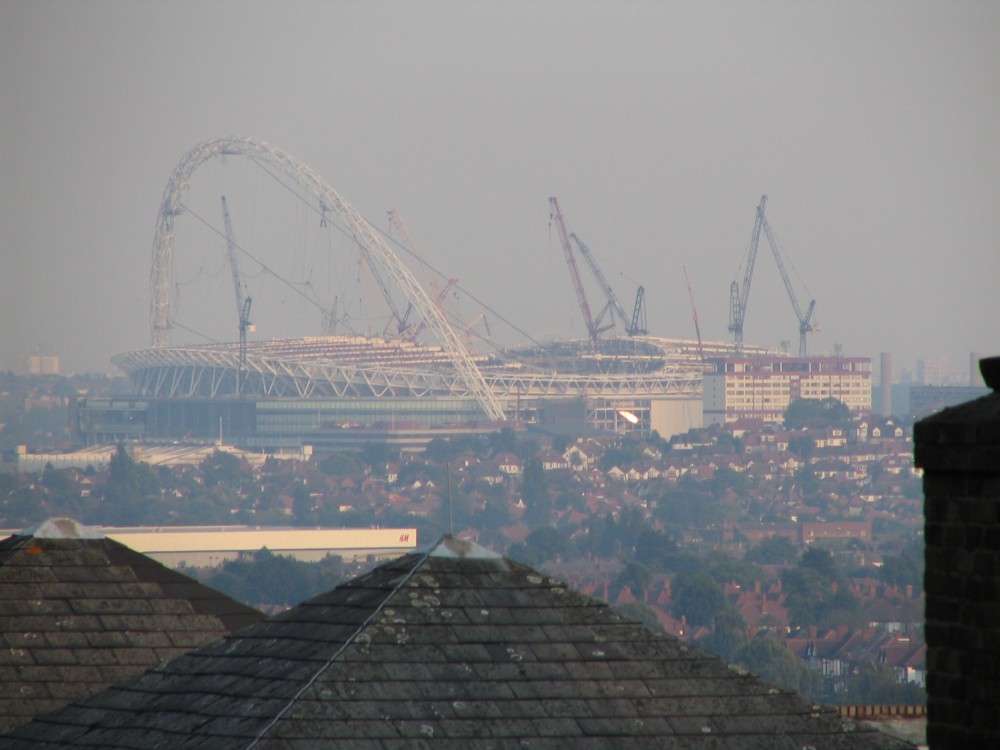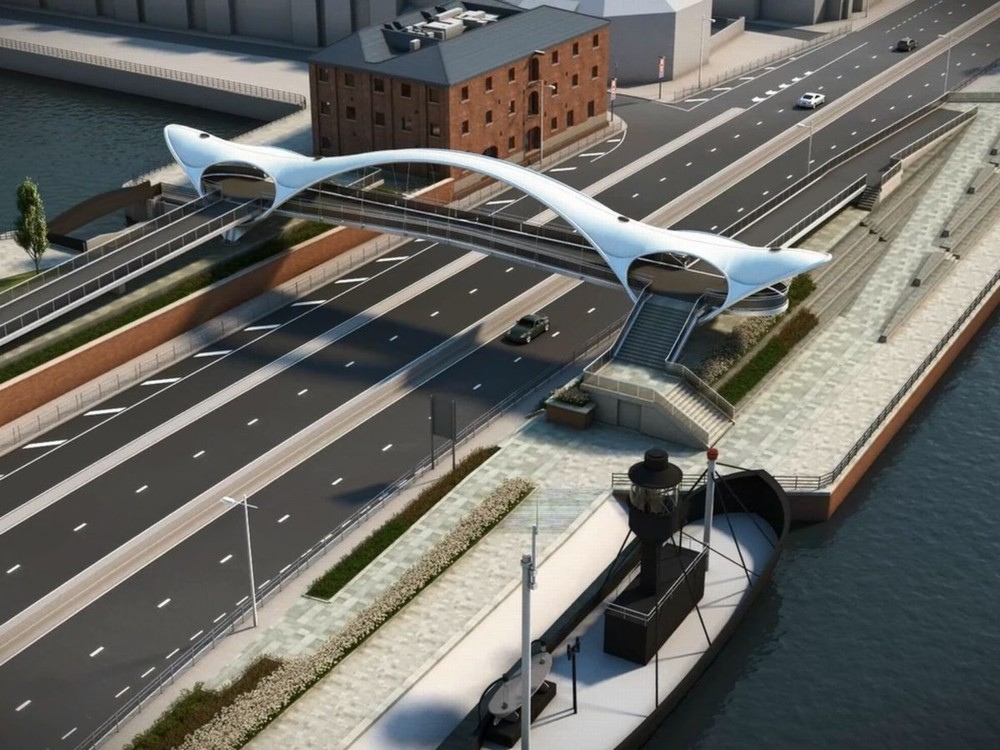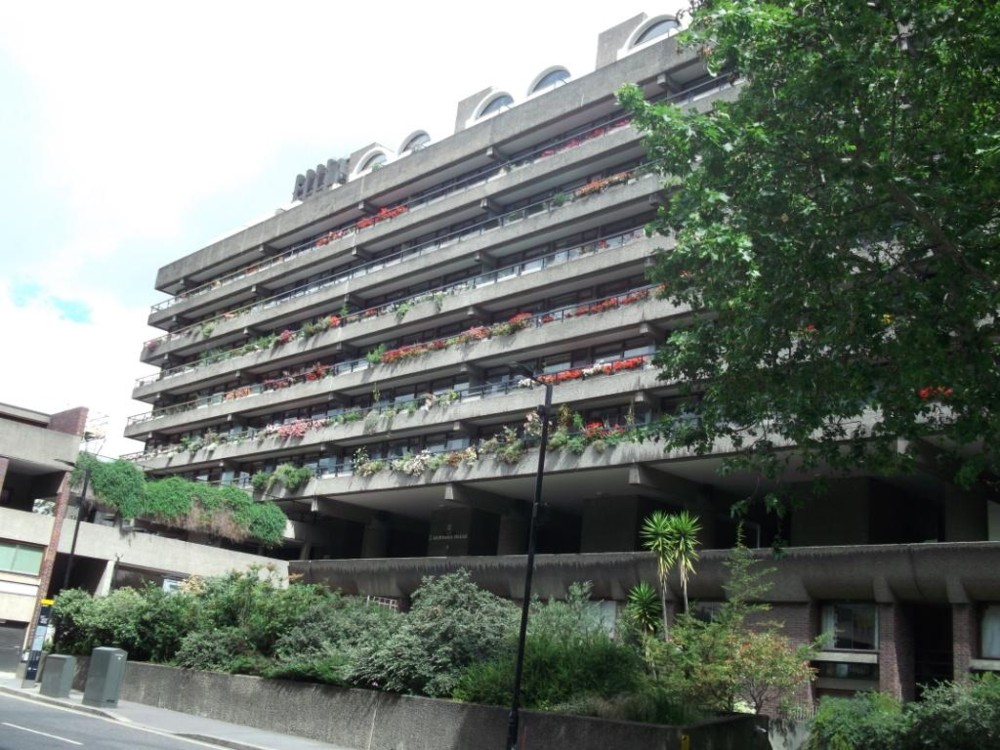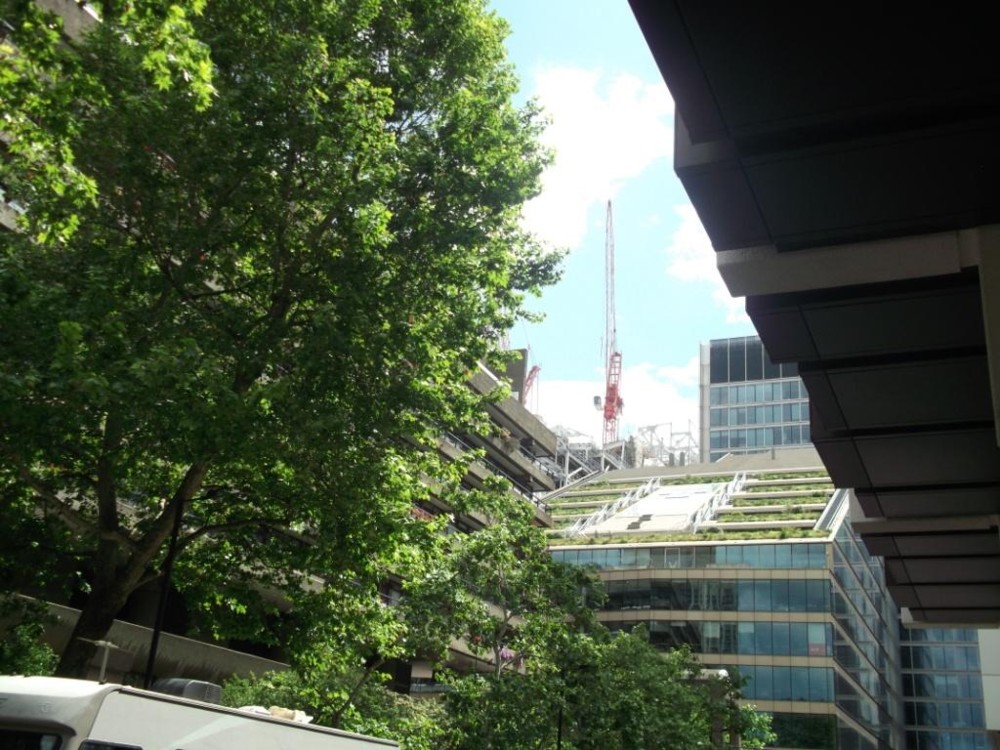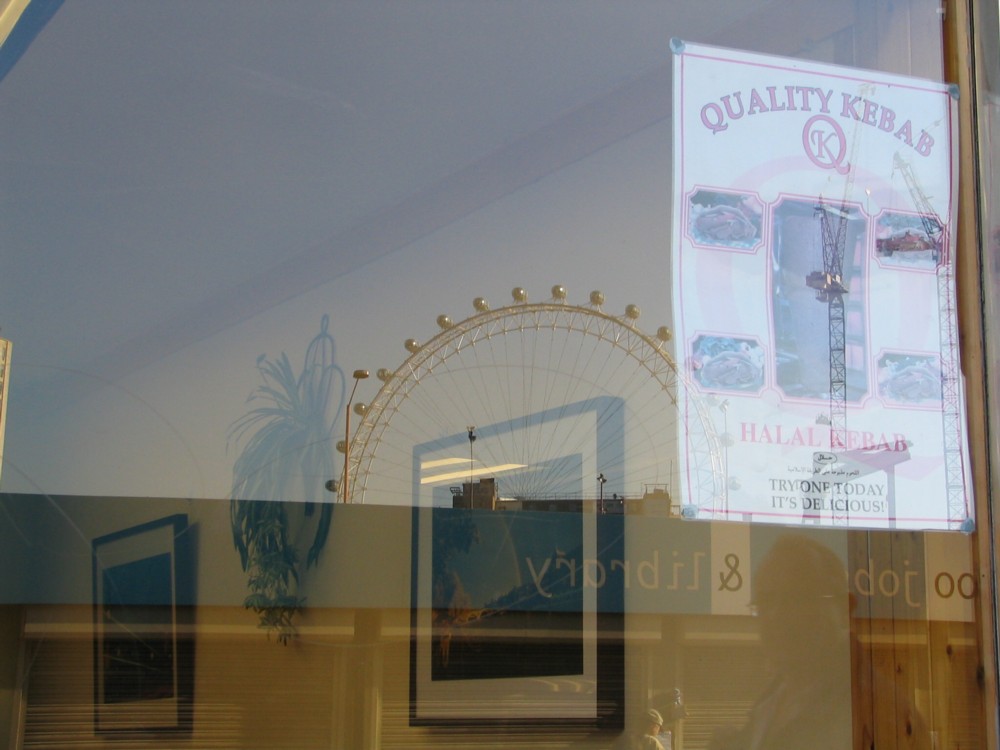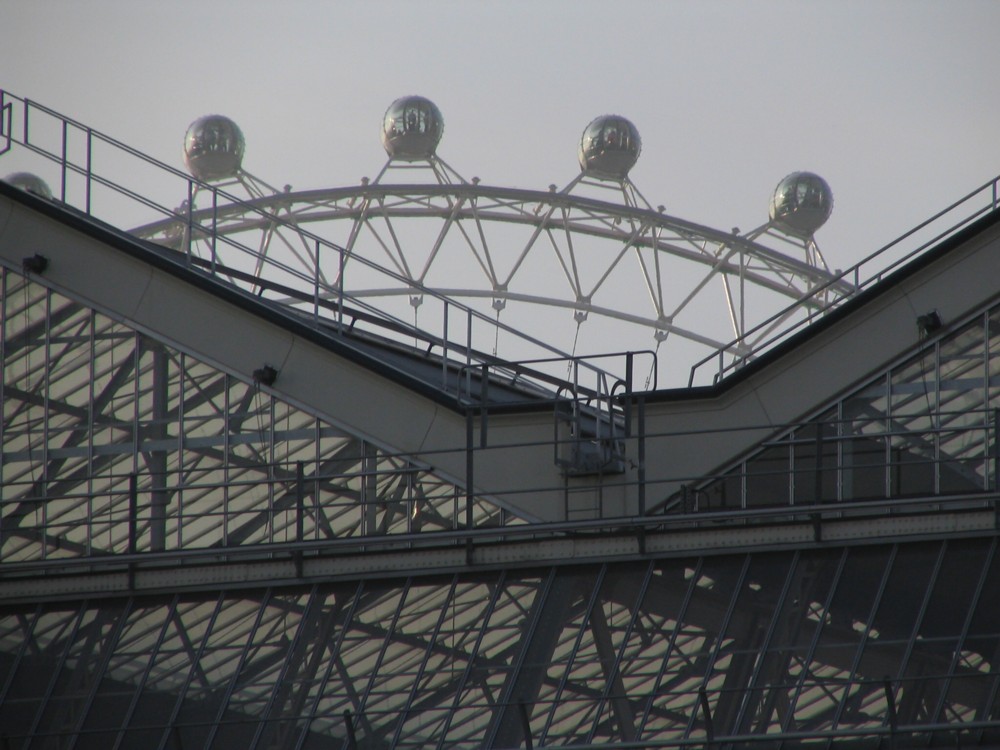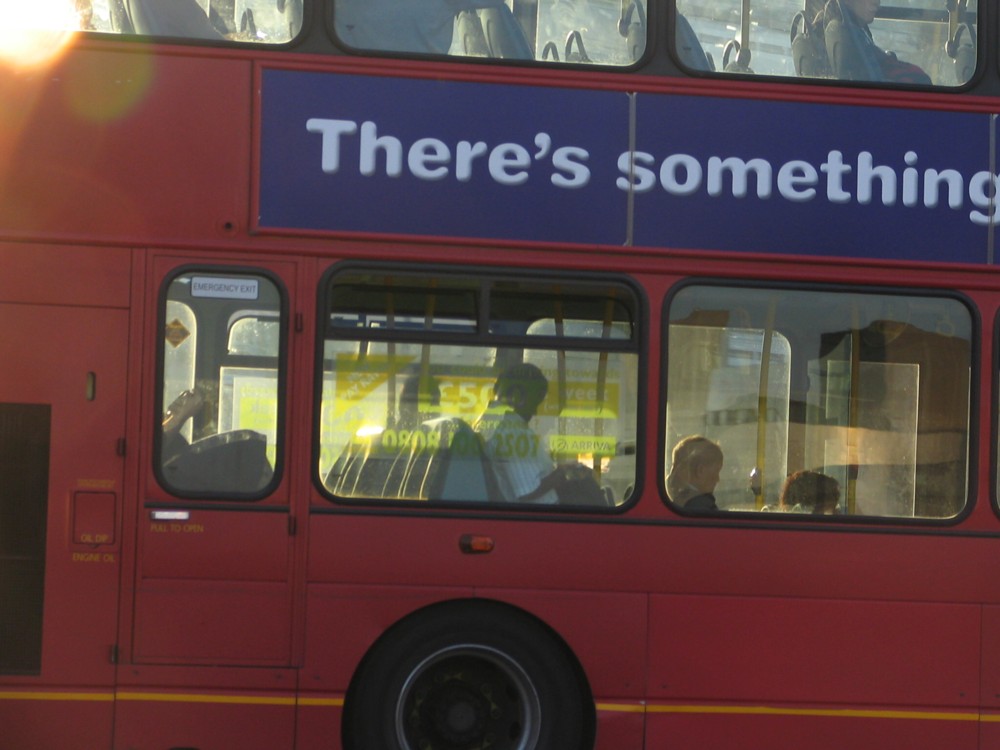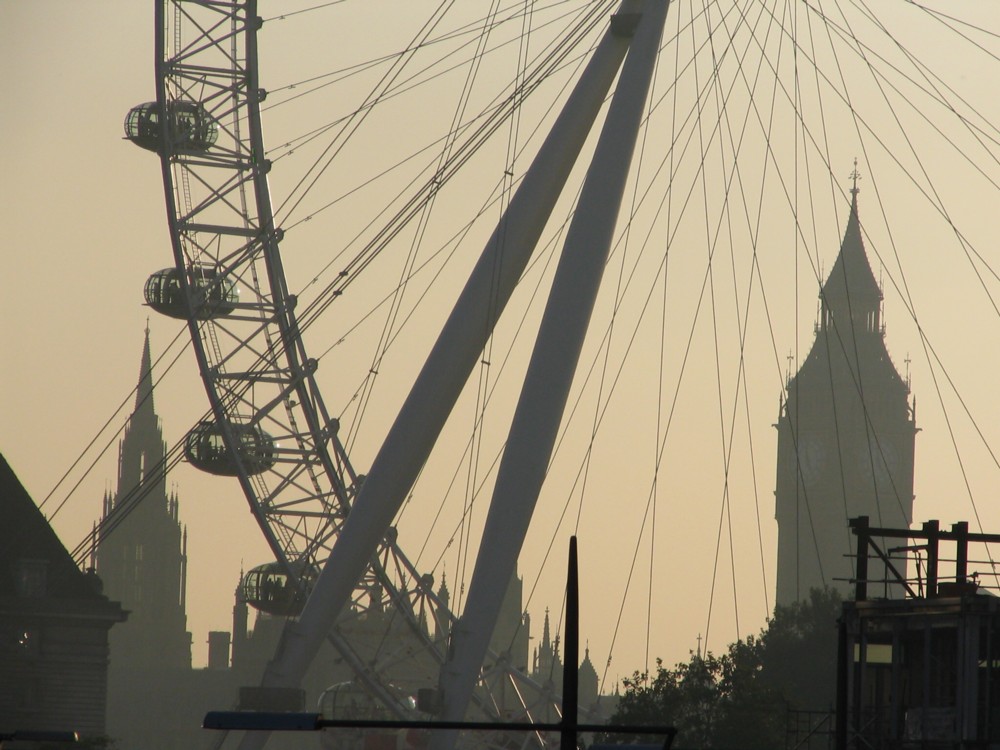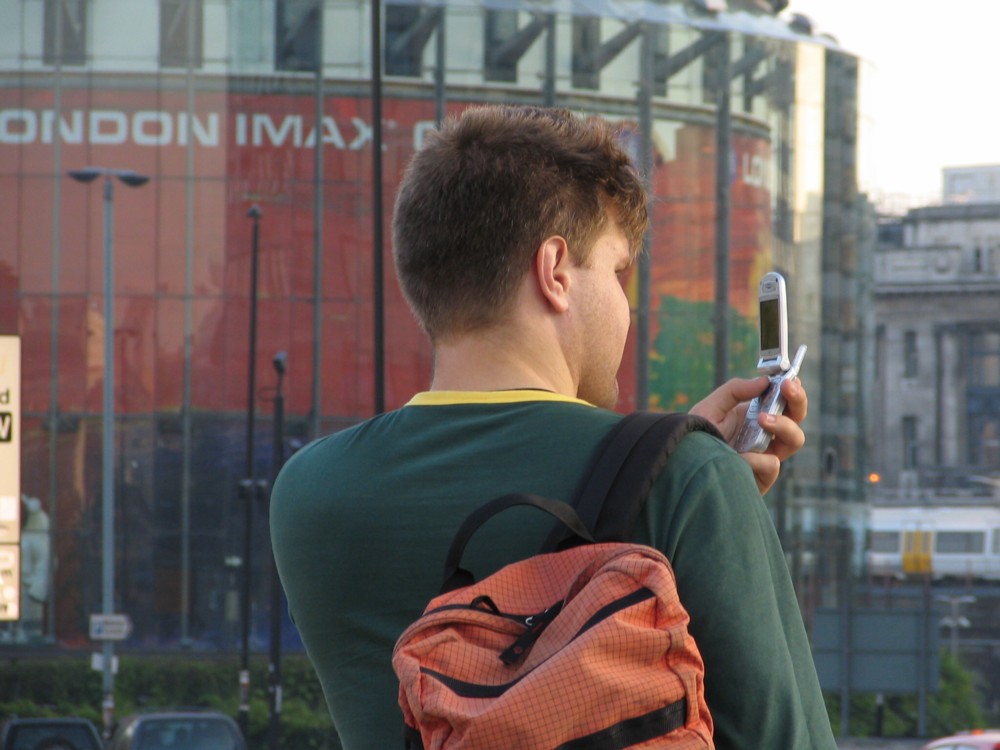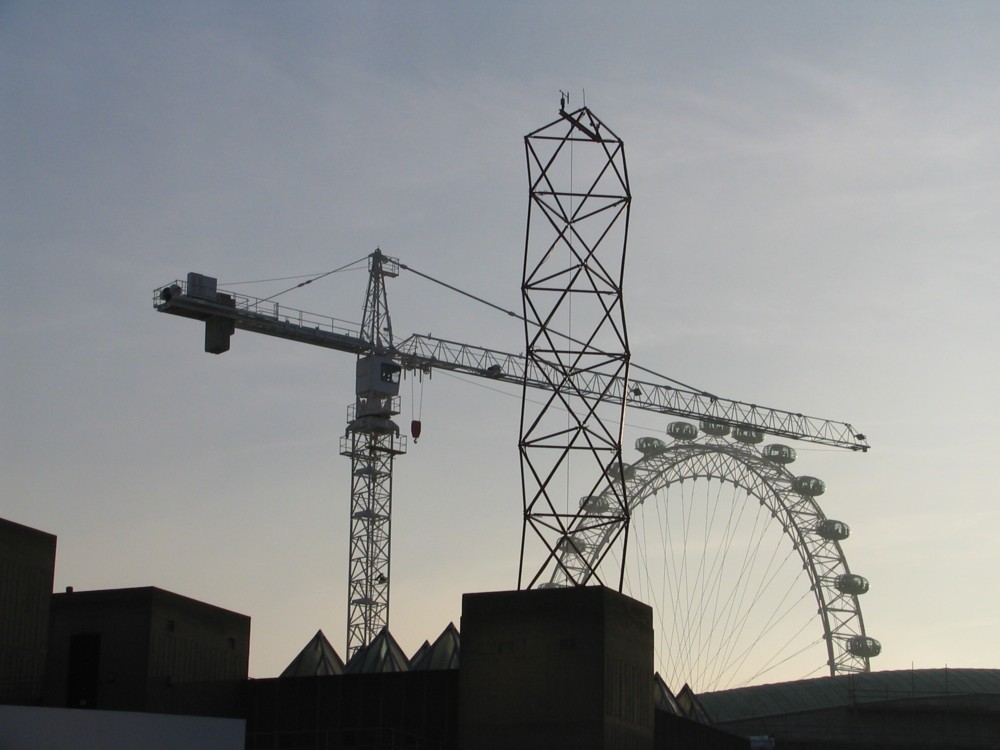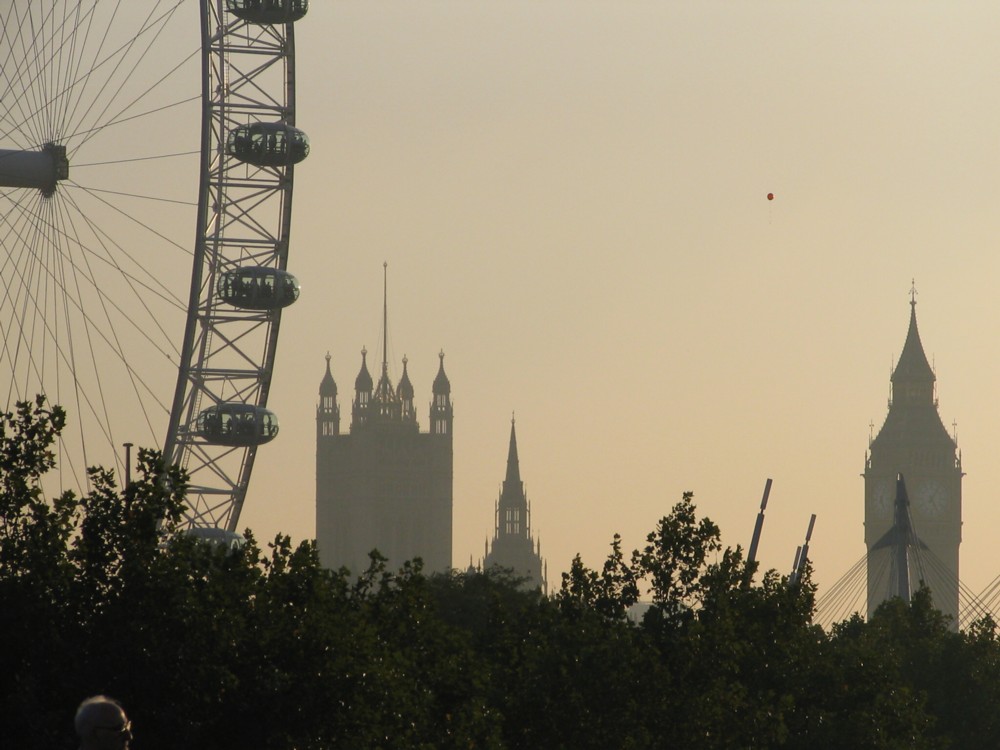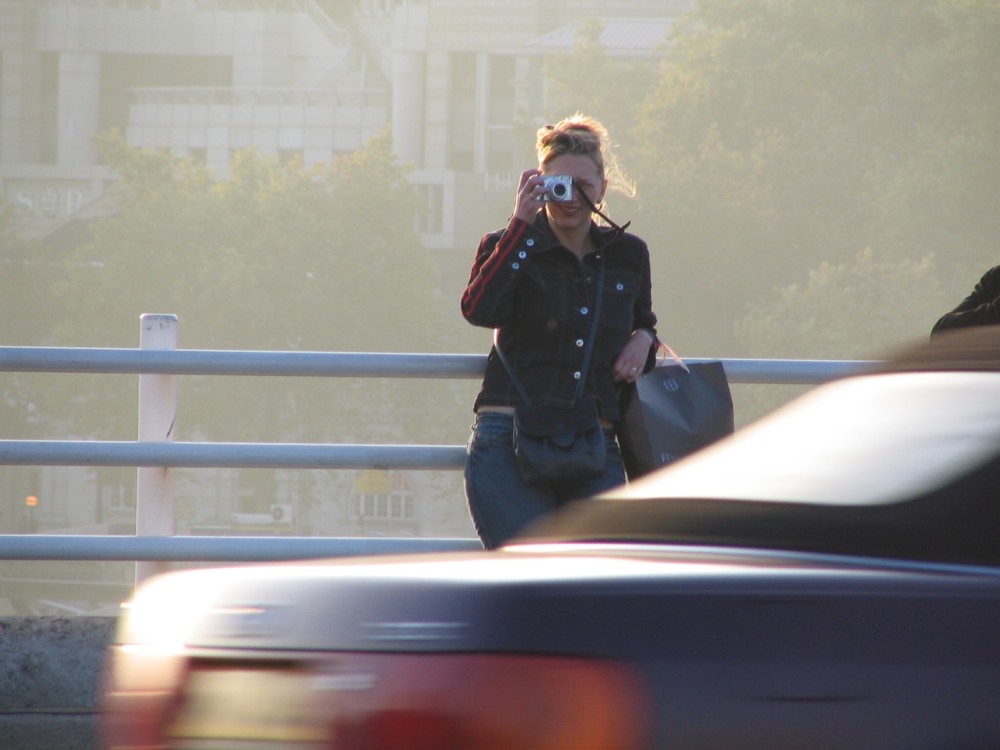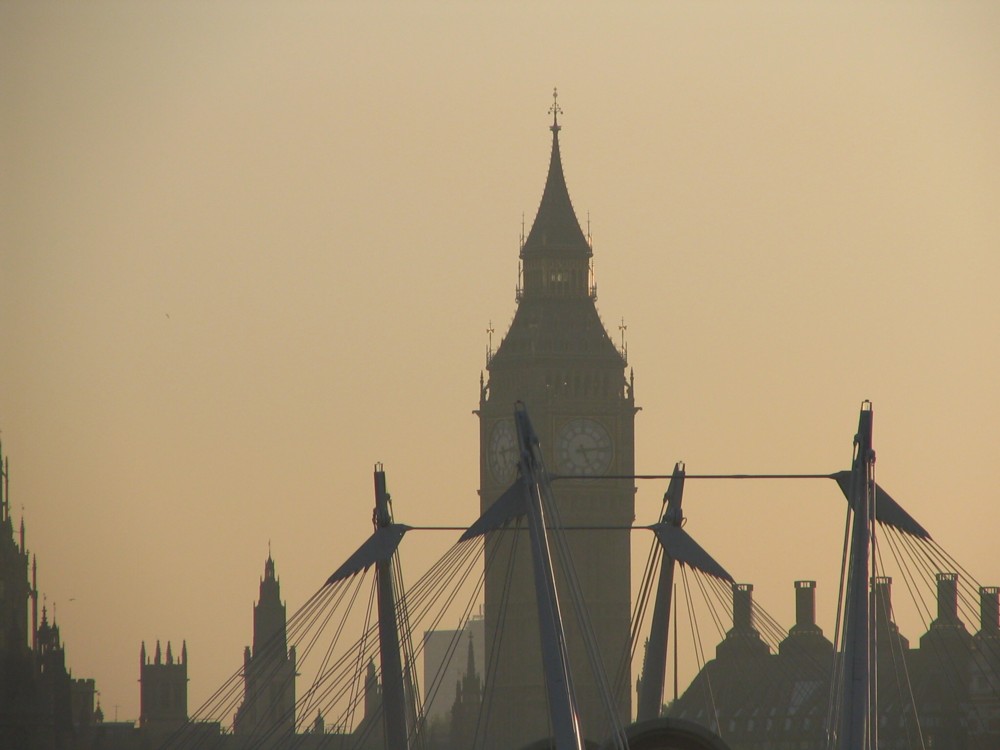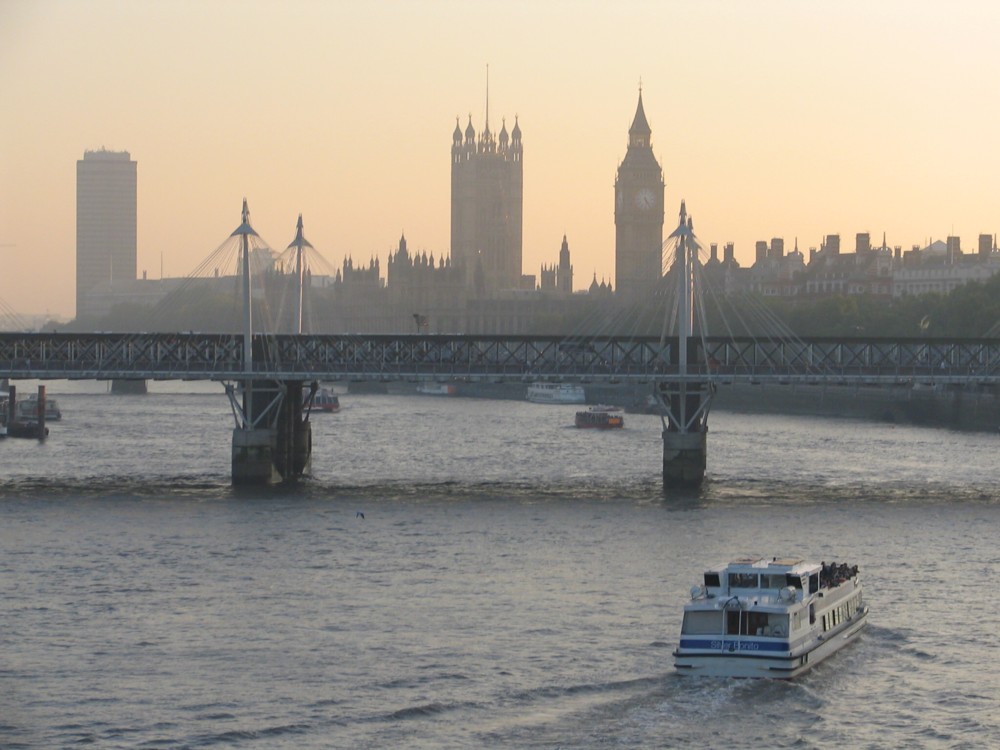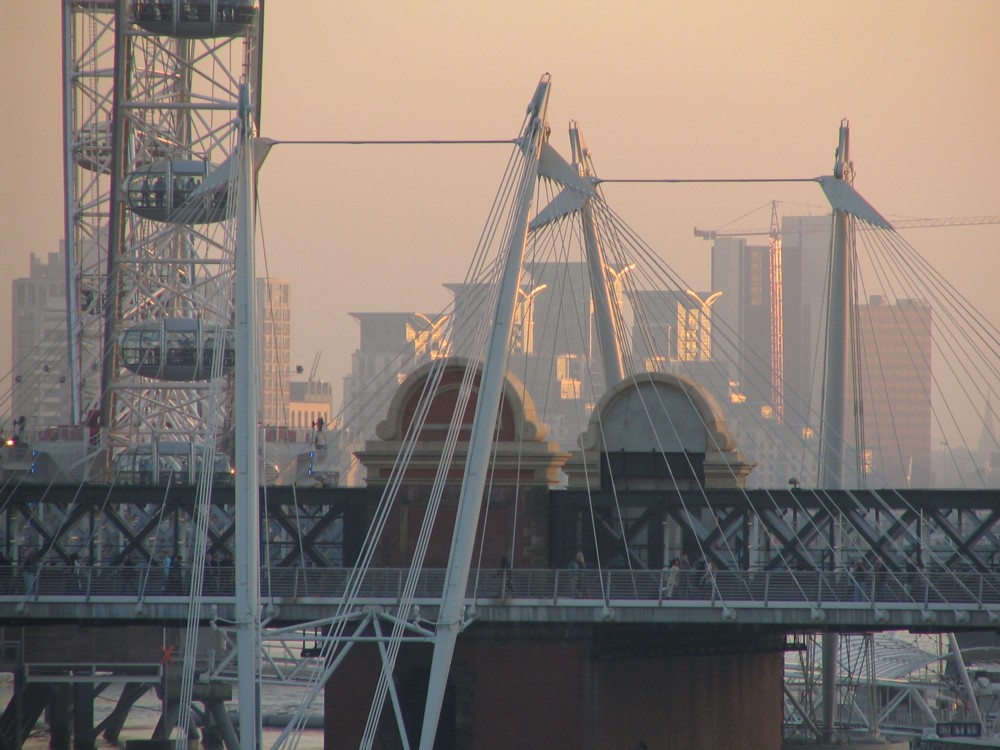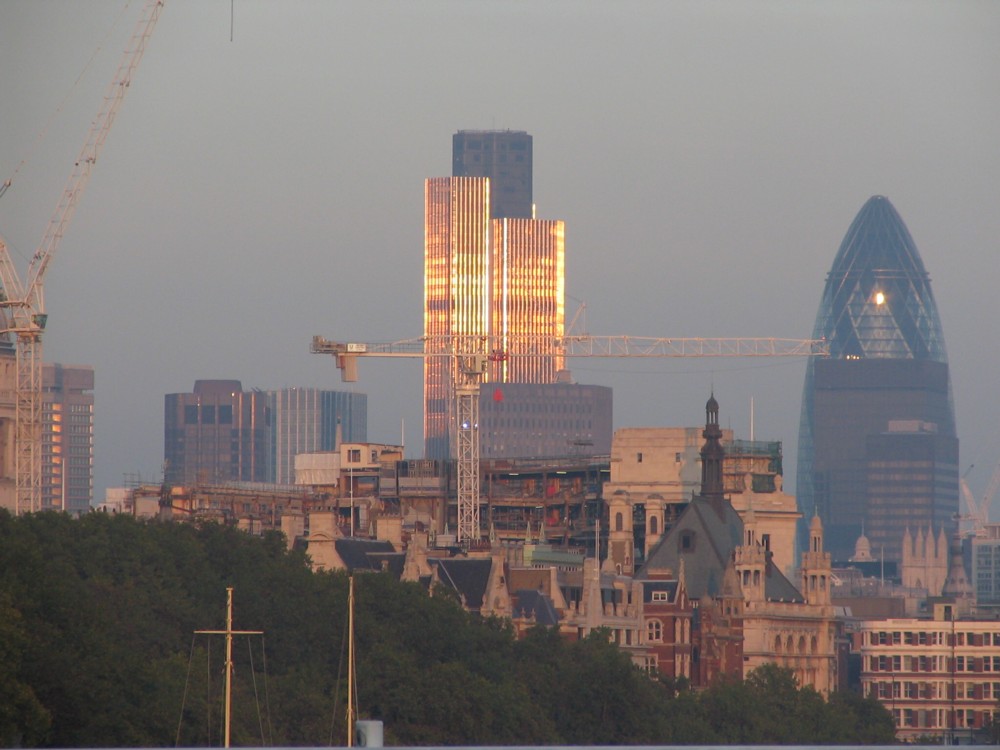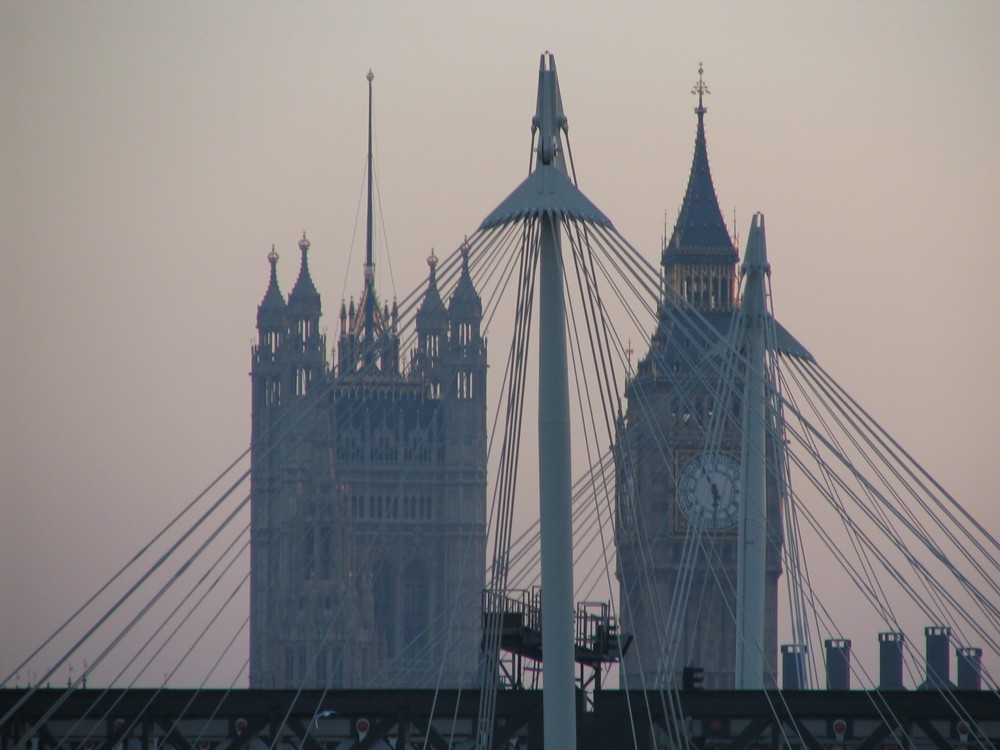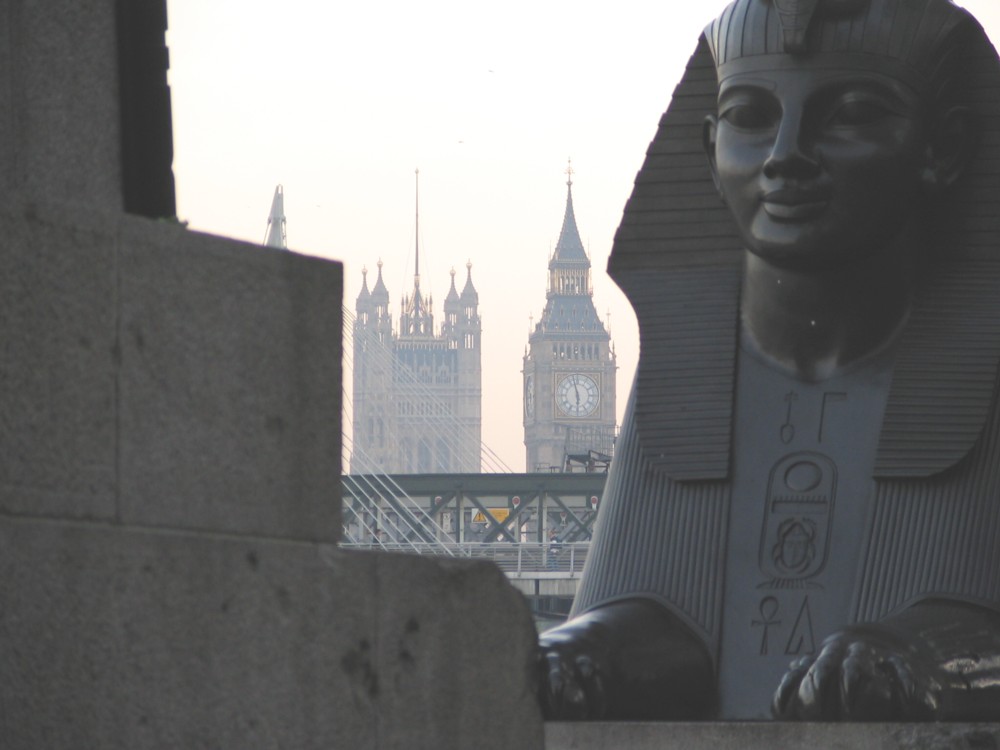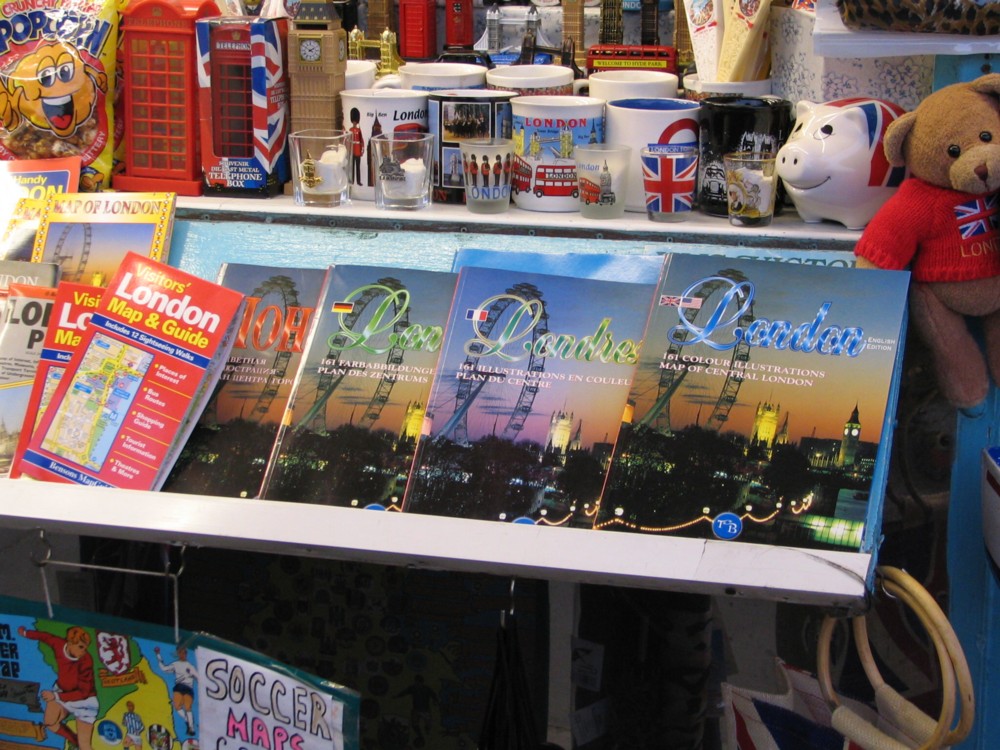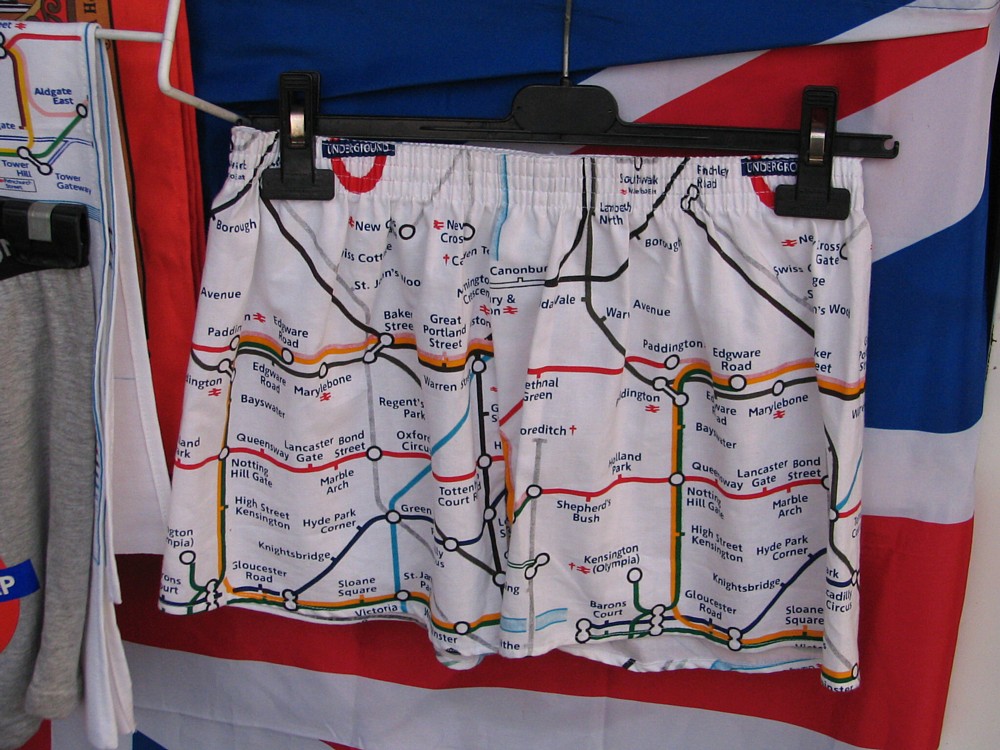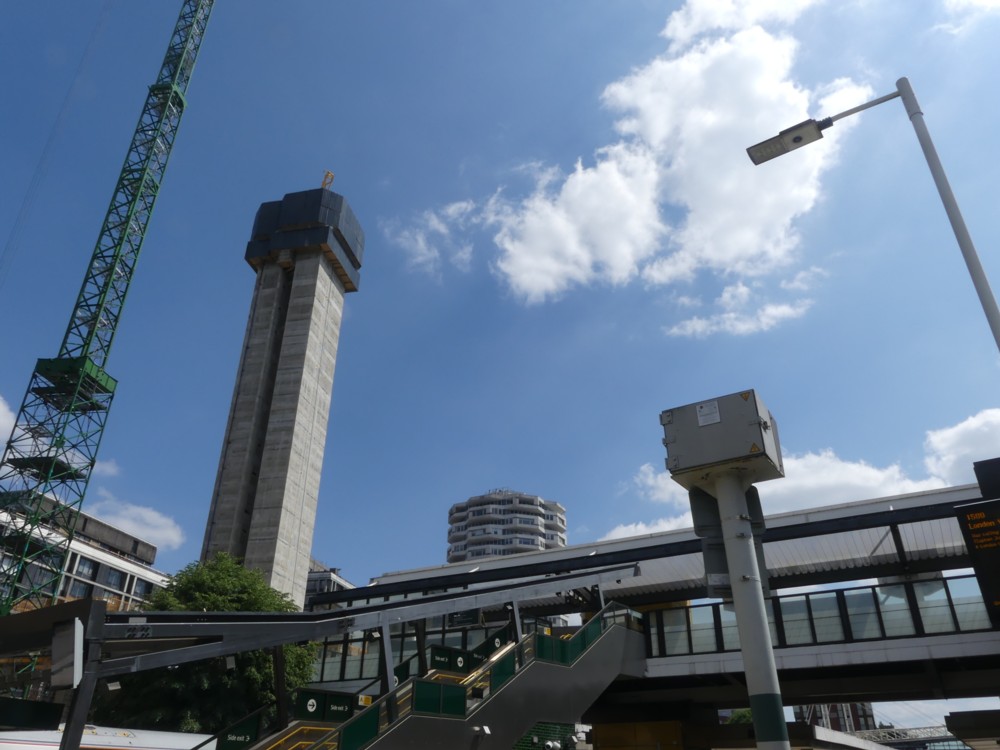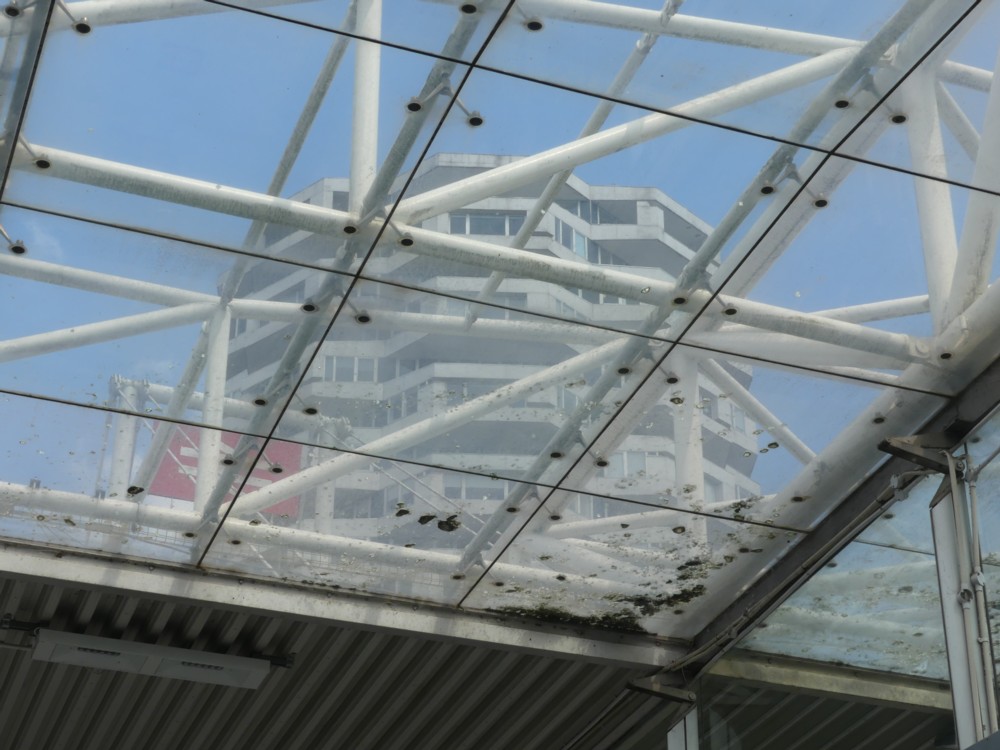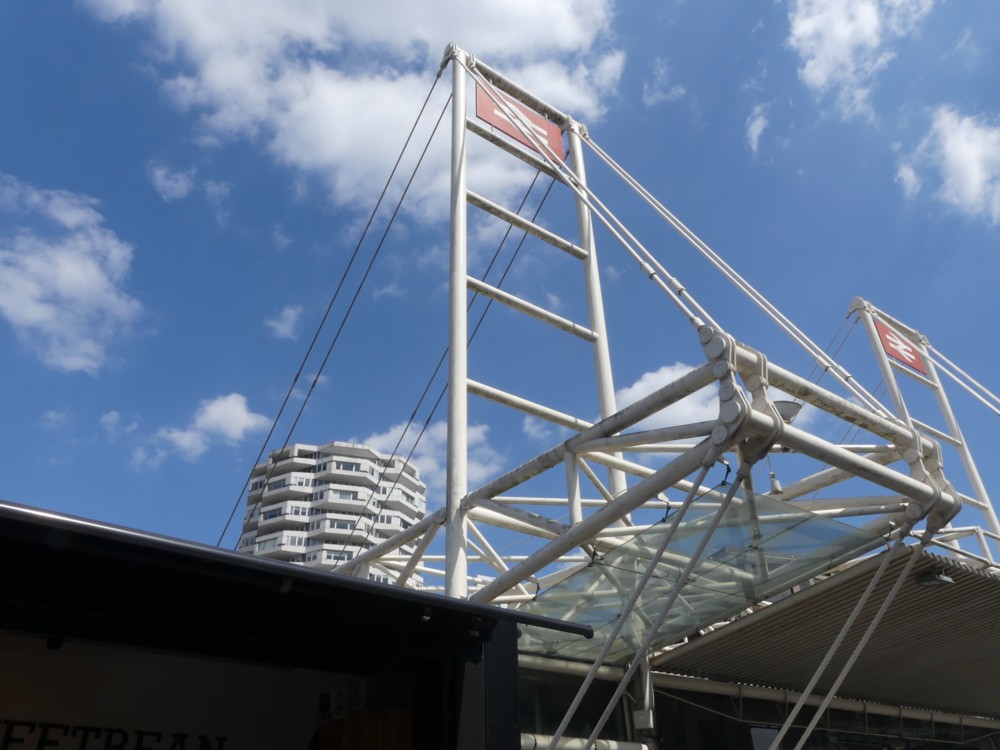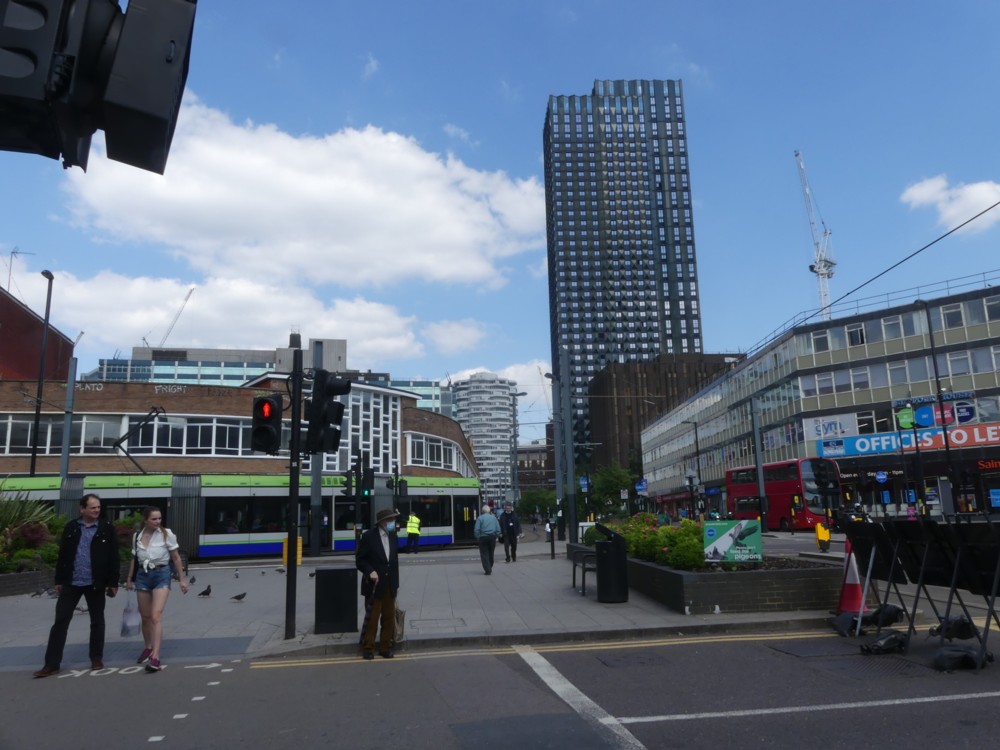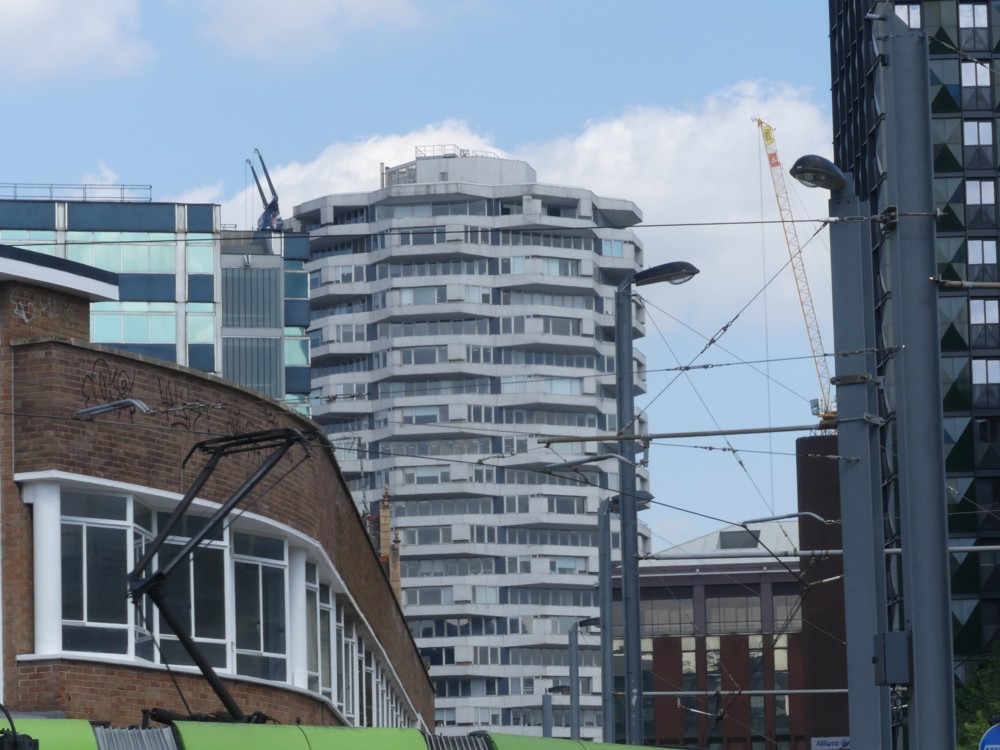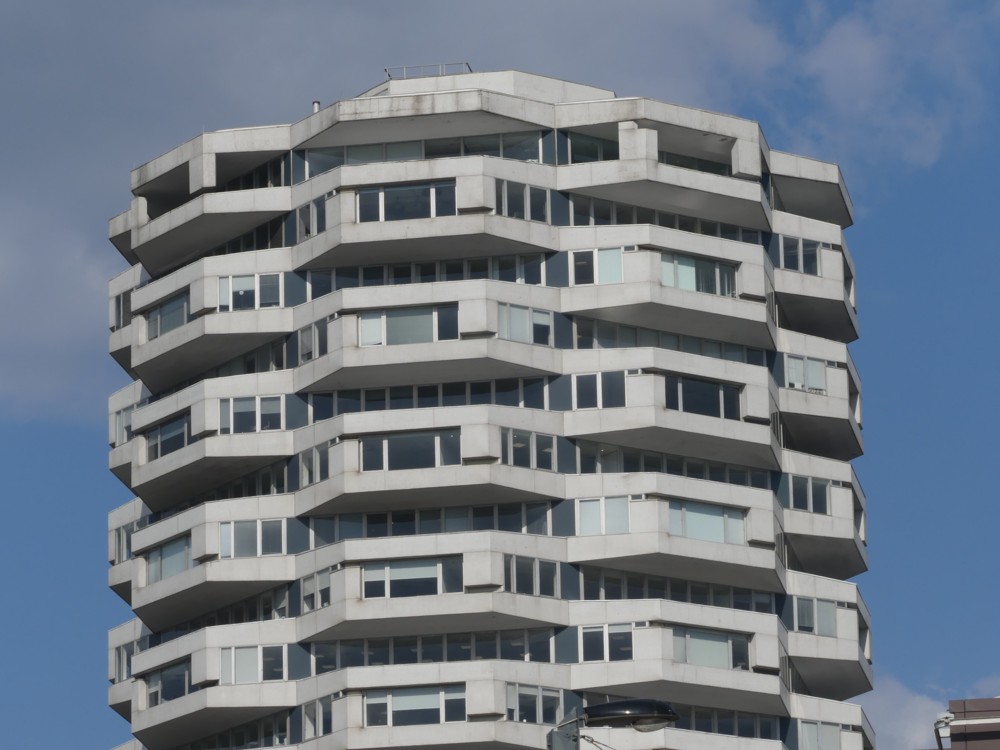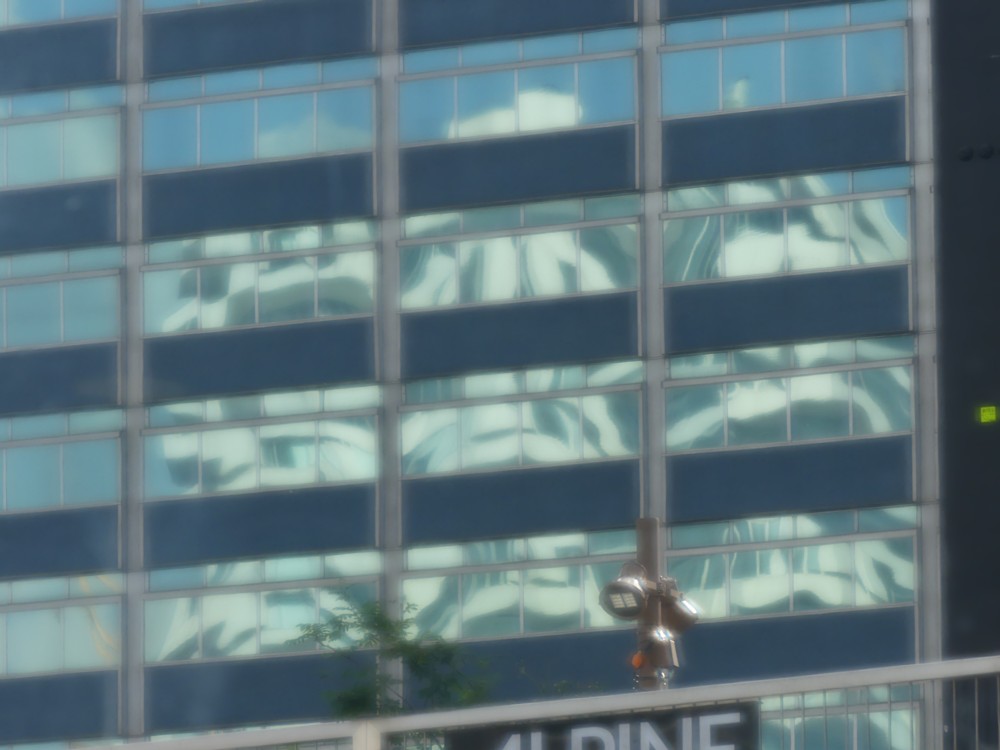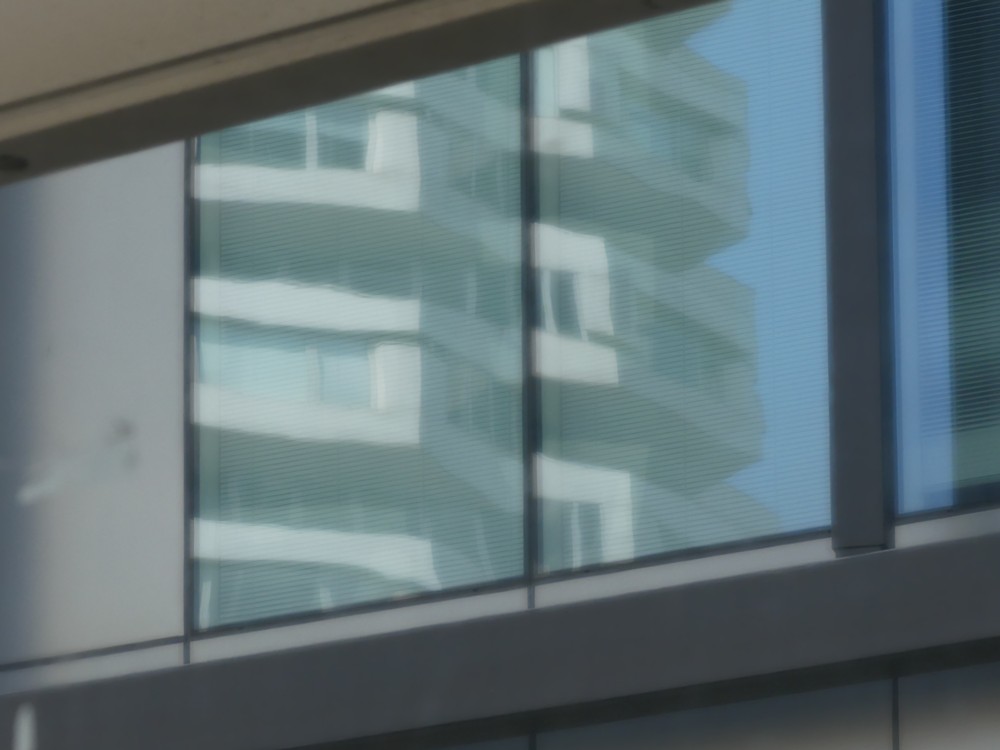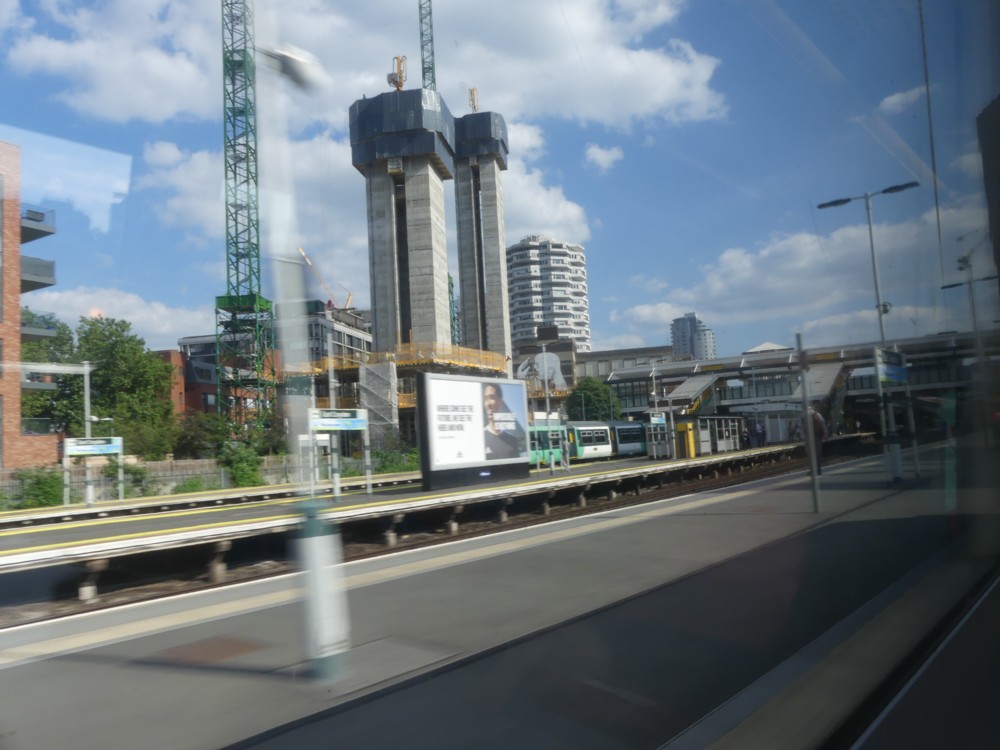i’ve always liked that big model of London at the Building Centre in Store Street. Well, it’s not there any more. But, relax. It’s moved, to King’s Cross.
And, there’s now more of it than there used to be:
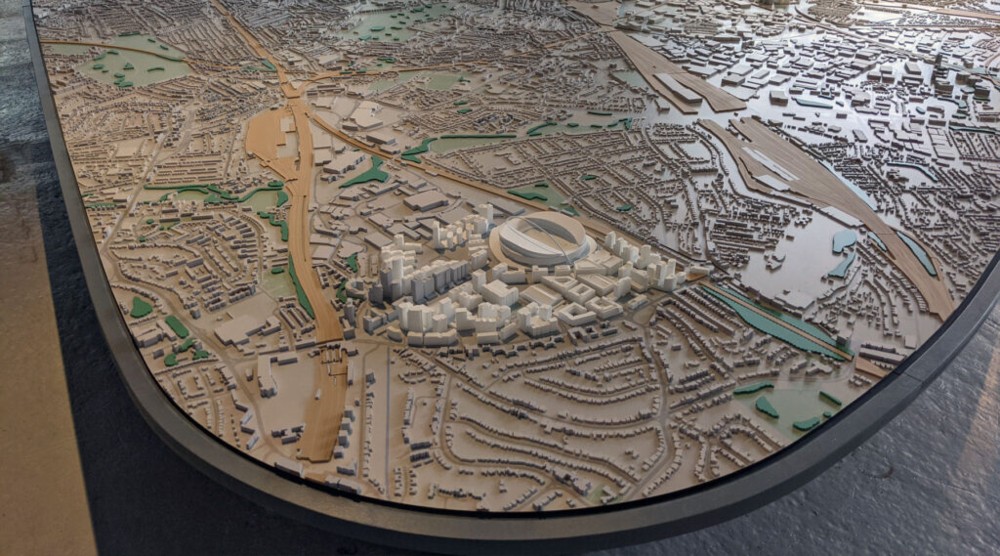
And that’s the new bit, off to the north west of London.
To me, this is an interesting photo, because it highlights the imperfections of this model. I don’t know about you, but to me it looks like large swathes of north west London are flooded, especially, because of the accidents of lighting, in the top right of the photo. That being because both the buildings and the ground they are stuck on are both, actually, so very rudimentary. The land is just a shiny sheet of plastic. And there’s no up and down to be seen, of the land. Only of the buildings.
And those railway lines. They look like continuous railway stations, I reckon.
I look forward to the day when you can flap about over London, for about one fine day, in a helicopter, hoovering up photos, and then shovel all the photos into a 3D-printing machine which can then spit out the final model. And, that model then looks an order of magnitude more realistic than this one does. With all the right colours and shapes and heights, as big as you want, any scale you want, just as it would look from an airplane. That would really be something.
Meanwhile, this Store Street/King’s Cross model only hints at such excellence, in isolated moments when they decided to go all-out and make at least a few of the buildings look as they do in real life, instead of like they were made of Lego (before Lego started cheating by making special shaped bits).
For instance: Oh look, there’s Wembley Stadium, looking remarkably like actual Wembley Stadium, other than it being totally smothered in whiteness. Next Wednesday, in actual Wembley Stadium, there is apparently going to be a big international football match.
Good timing for me and Patrick Crozier, because we going to do another of our recorded conversations, this time about sport, this coming Tuesday. Patrick’s going to drop be at my place, and for first time in I don’t know how long we’ll be doing it face-to-face. However, we are going to use a newly acquired microphone, which Patrick fears may not work. So we’ll have to be careful we don’t say anything so clever that we regret not recording it properly, if that’s what happens. I’m sure we’ll be up to doing that.

